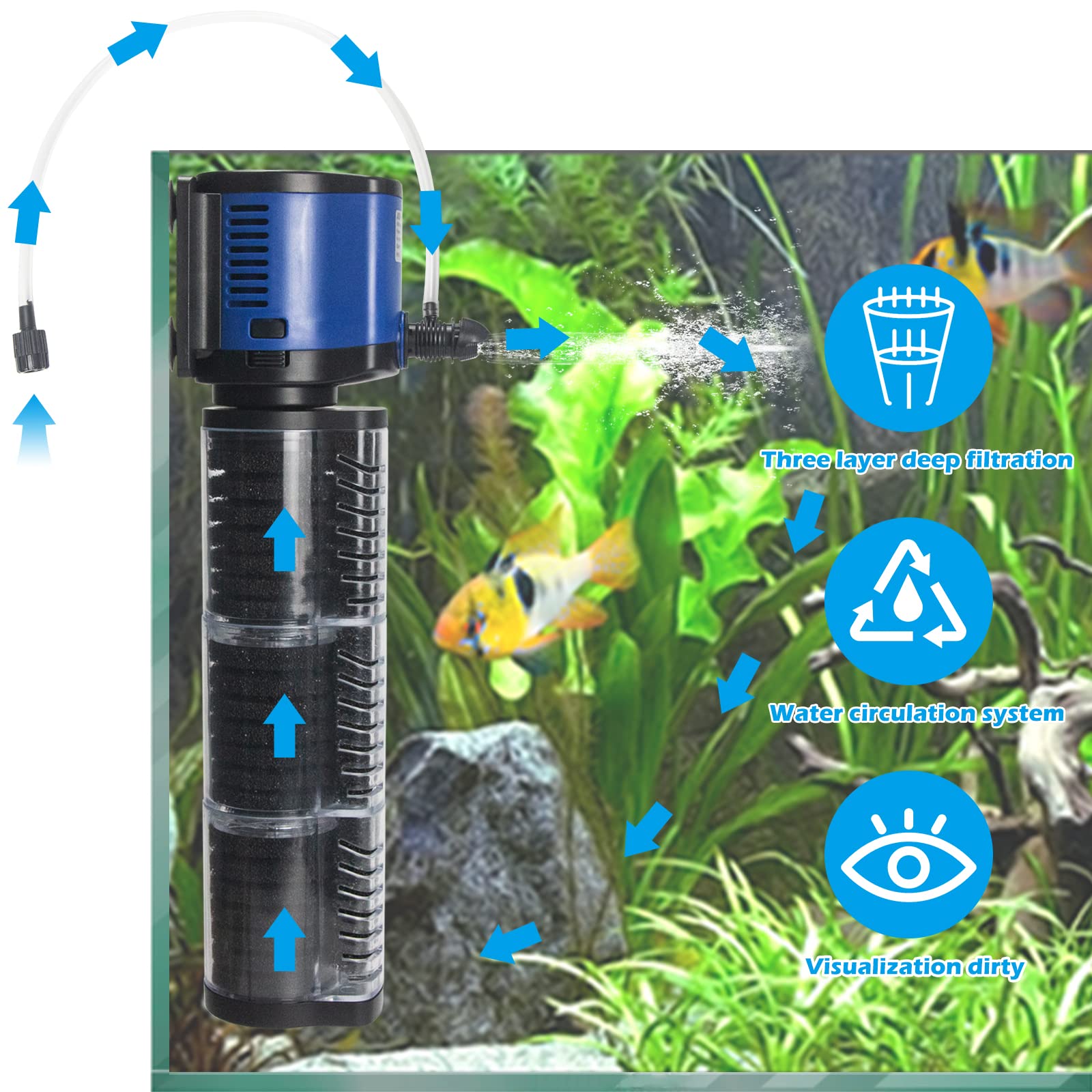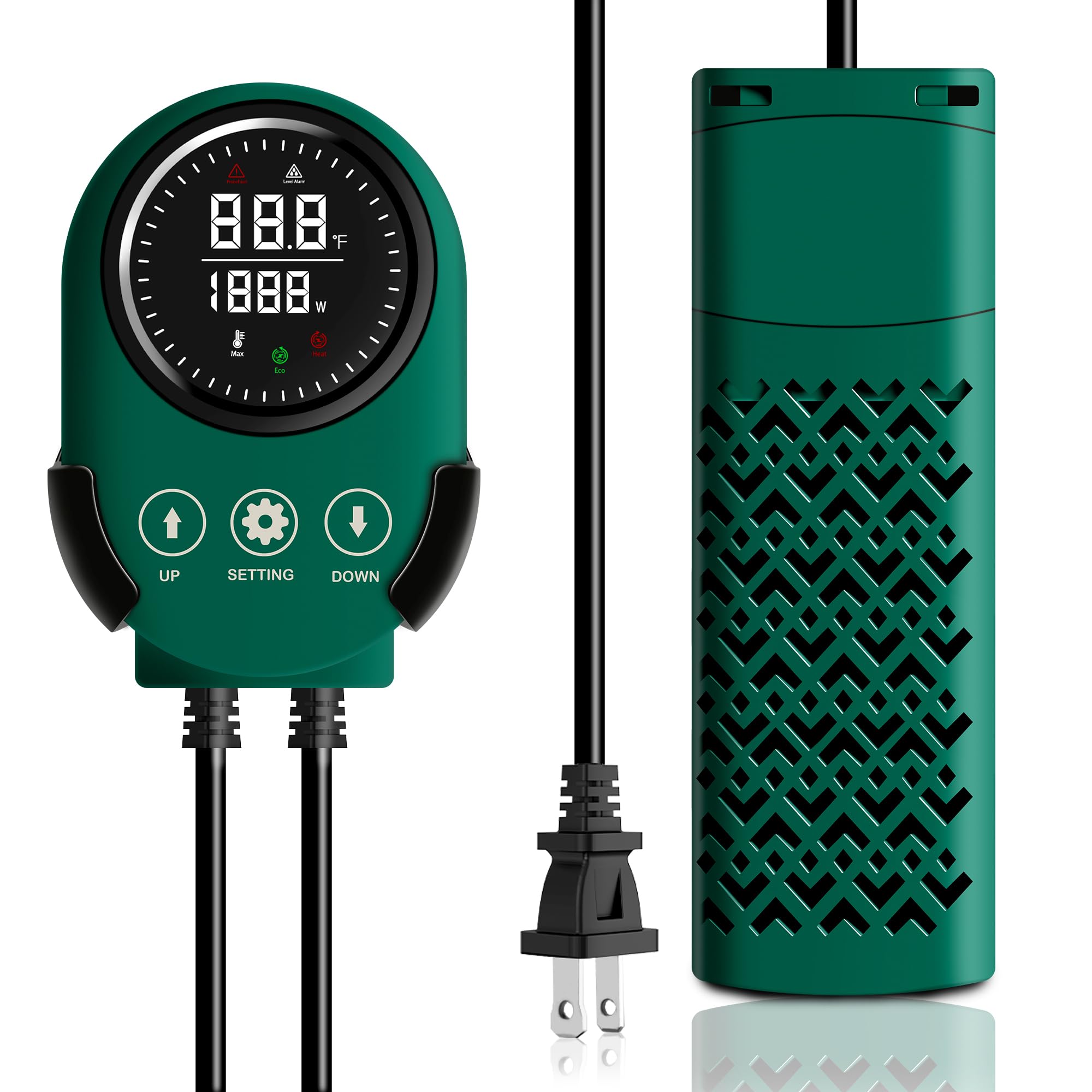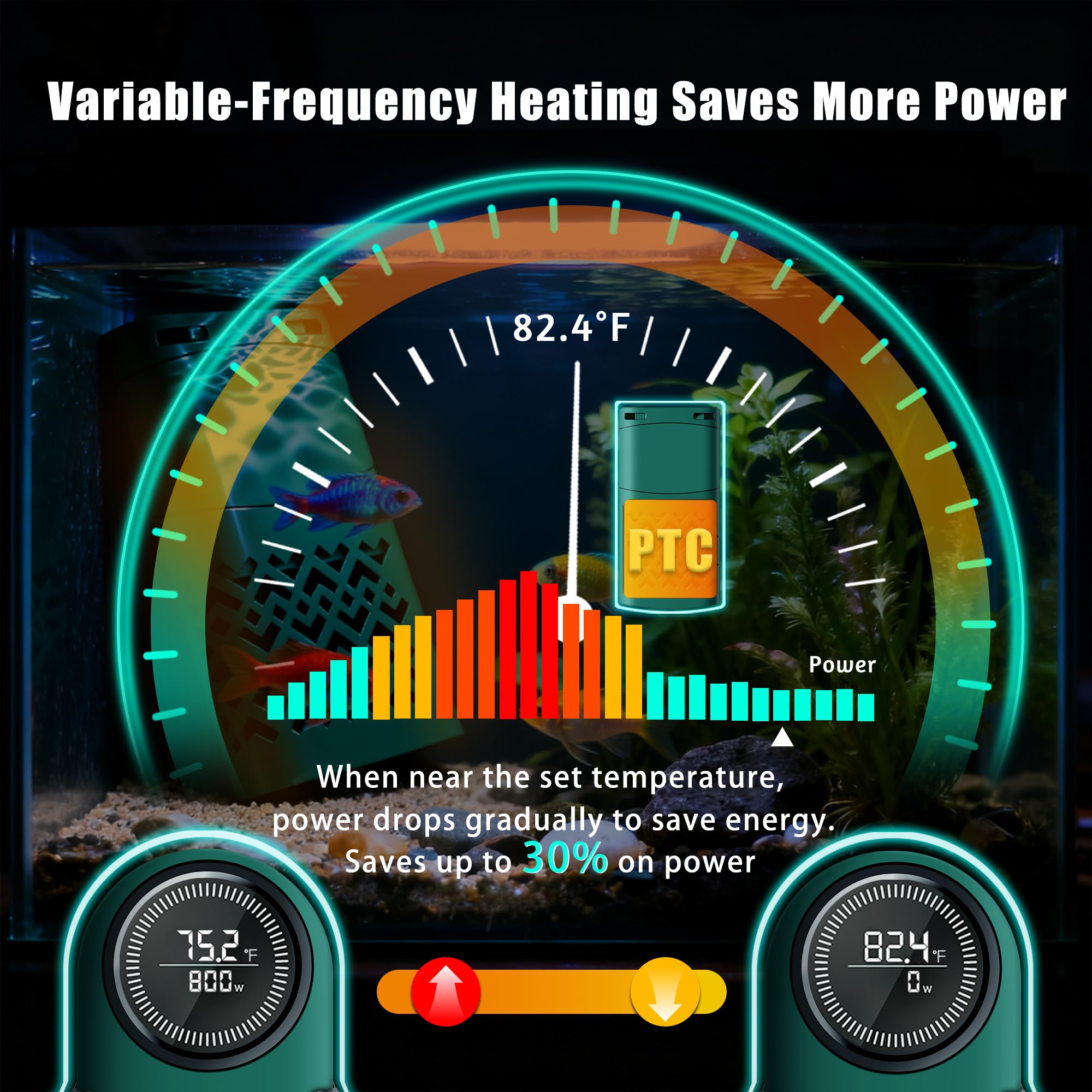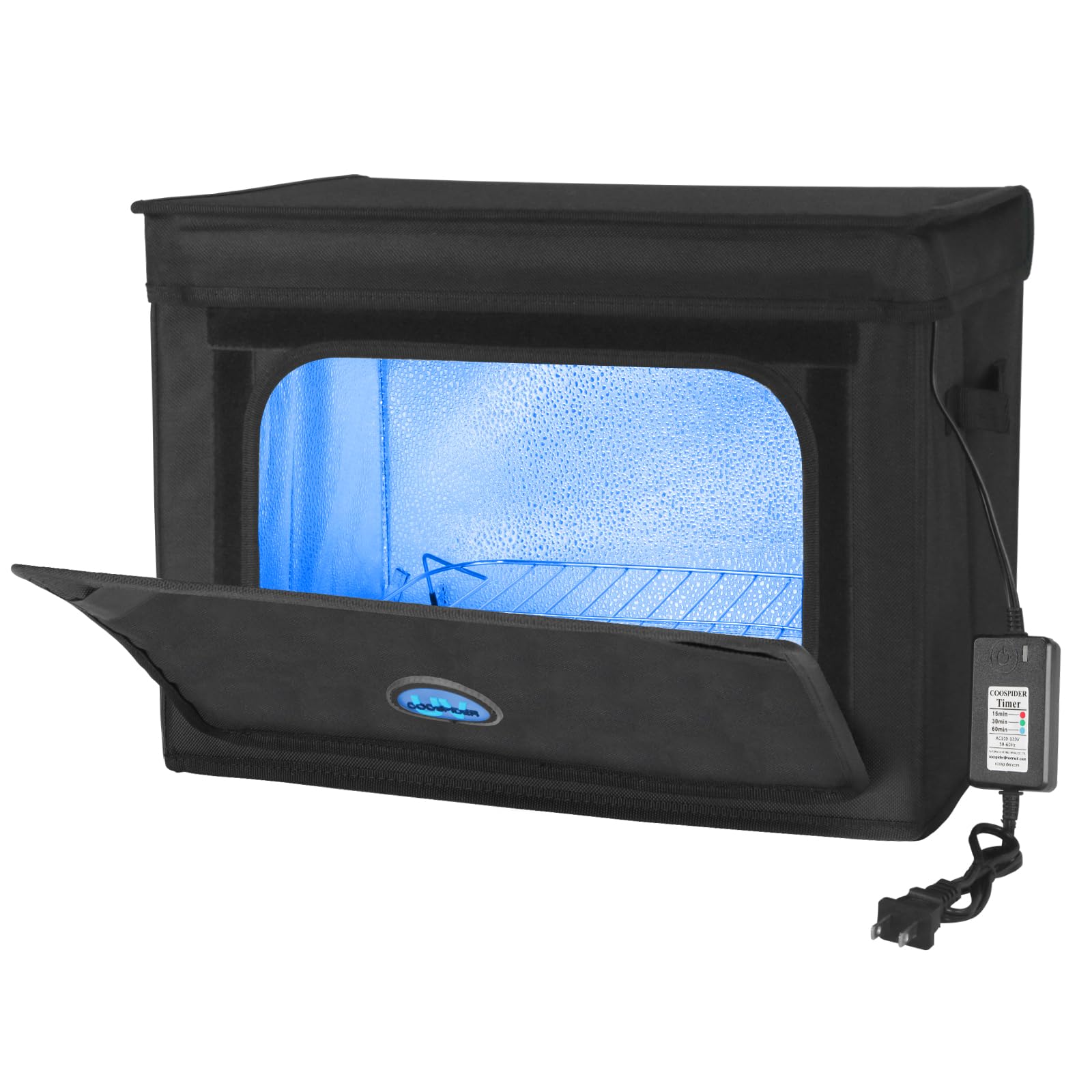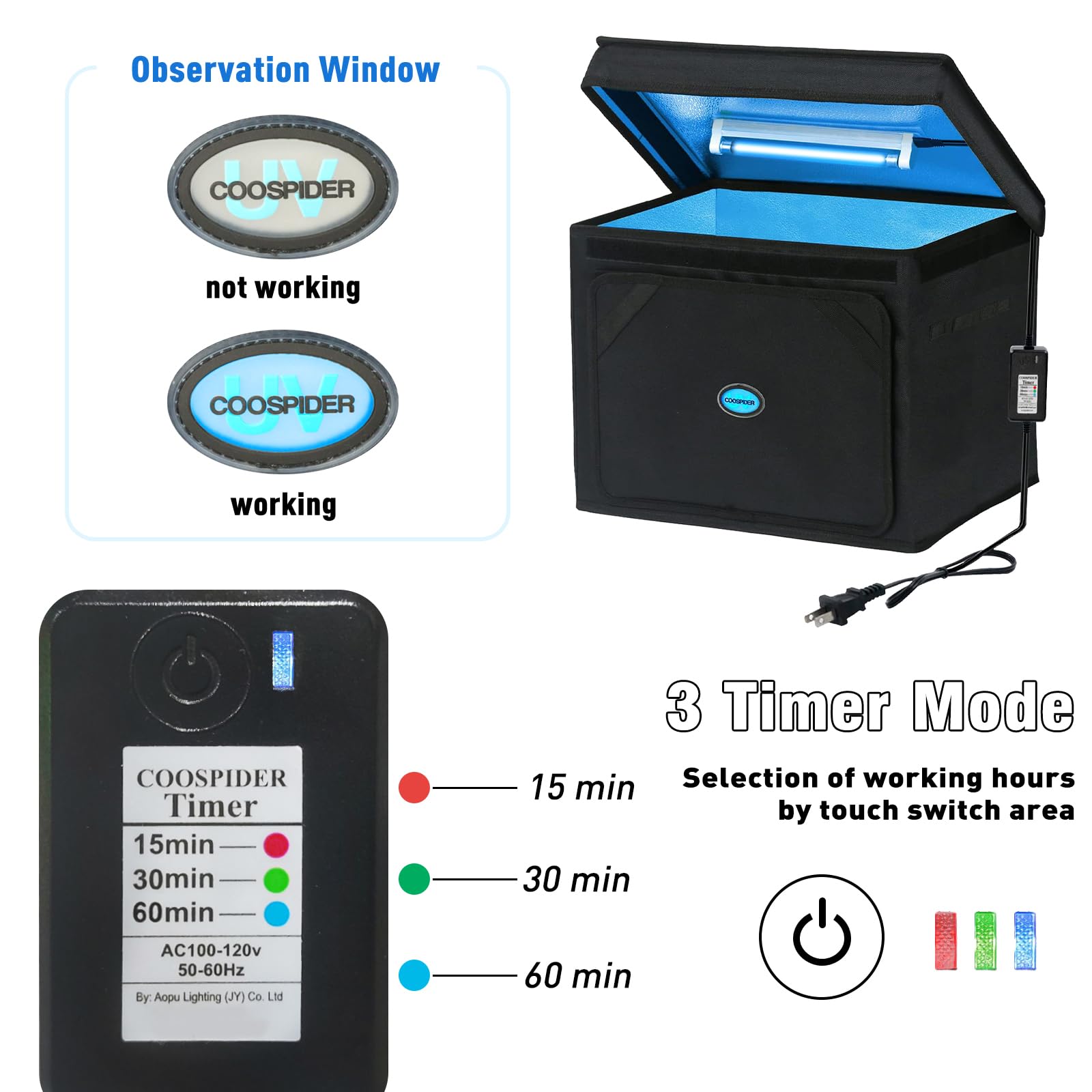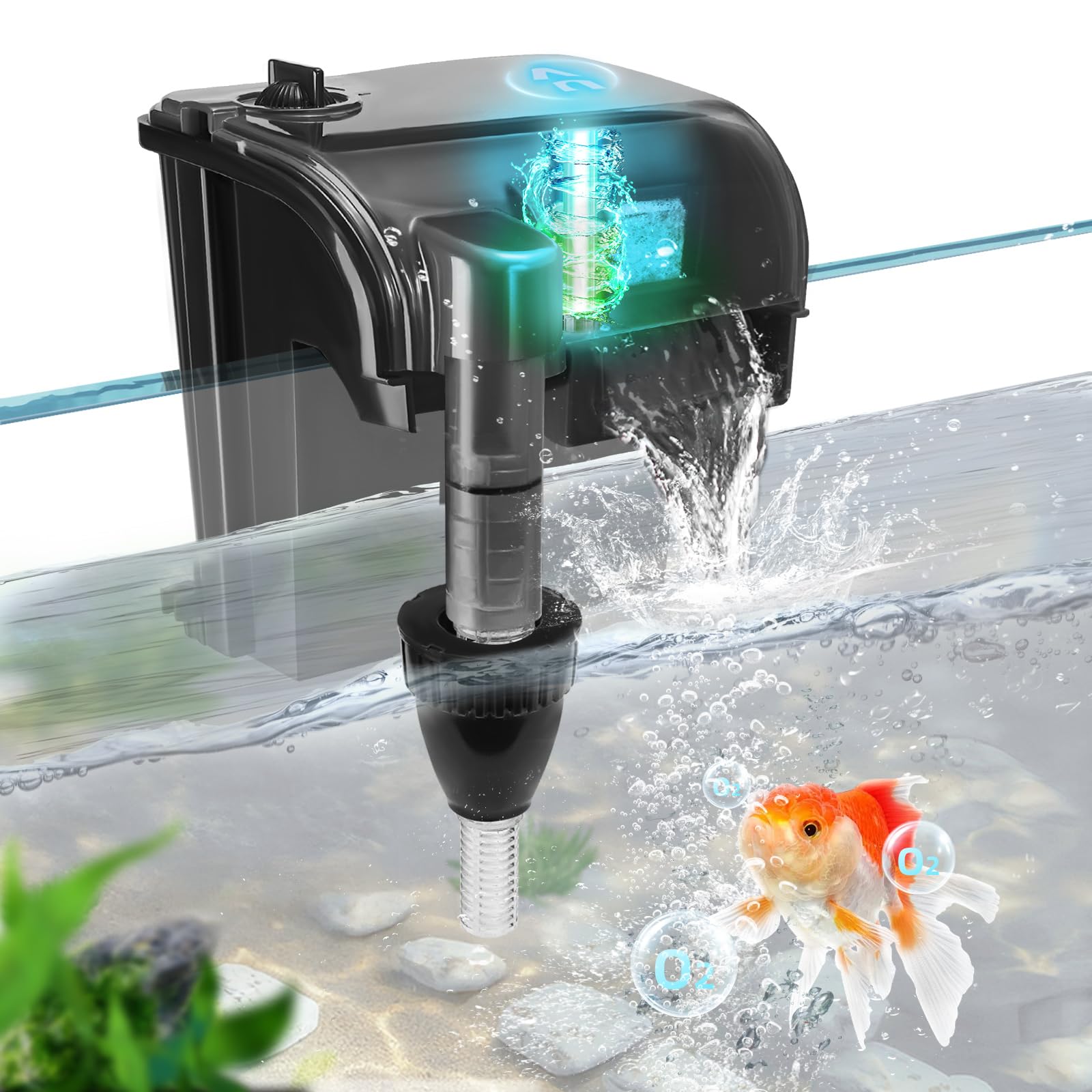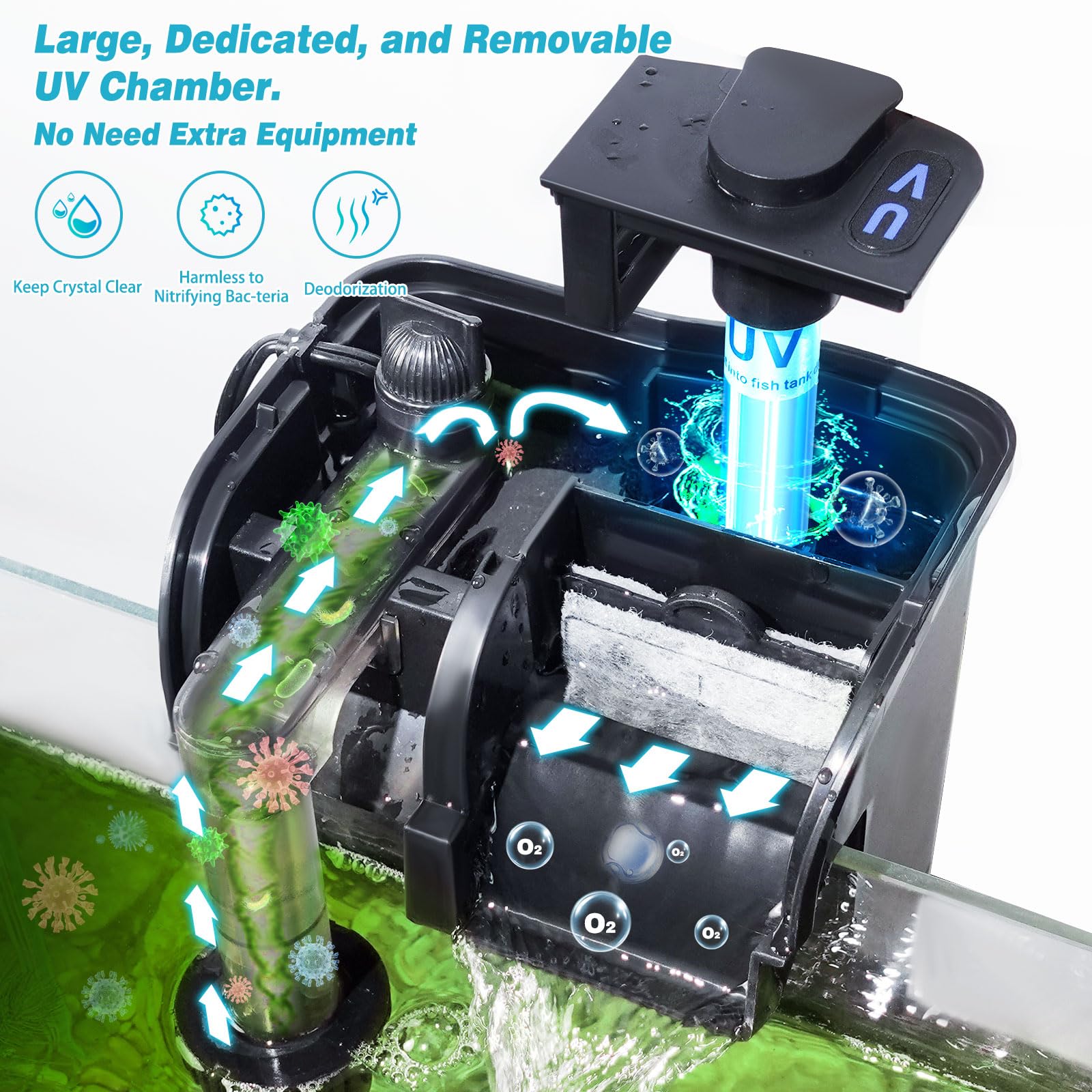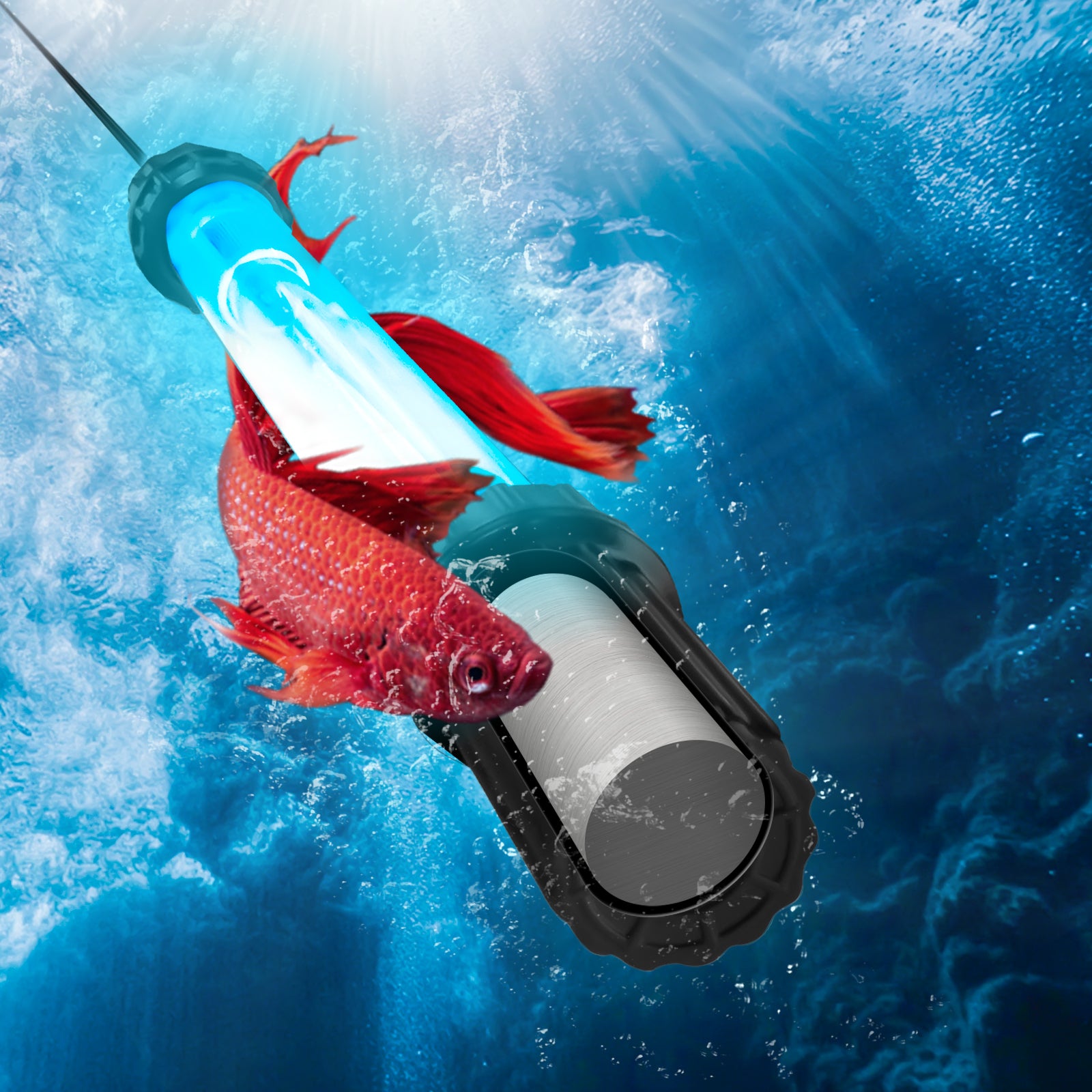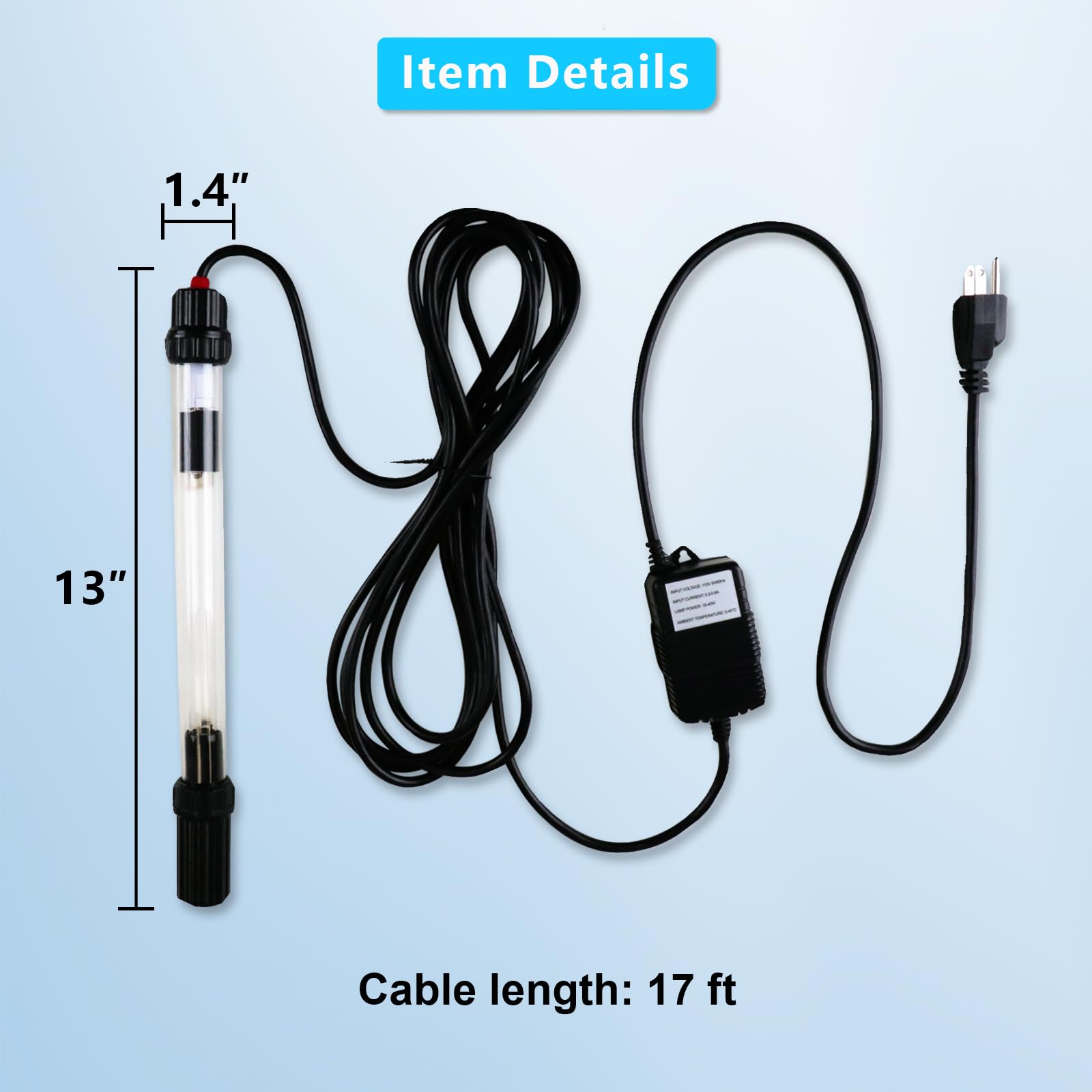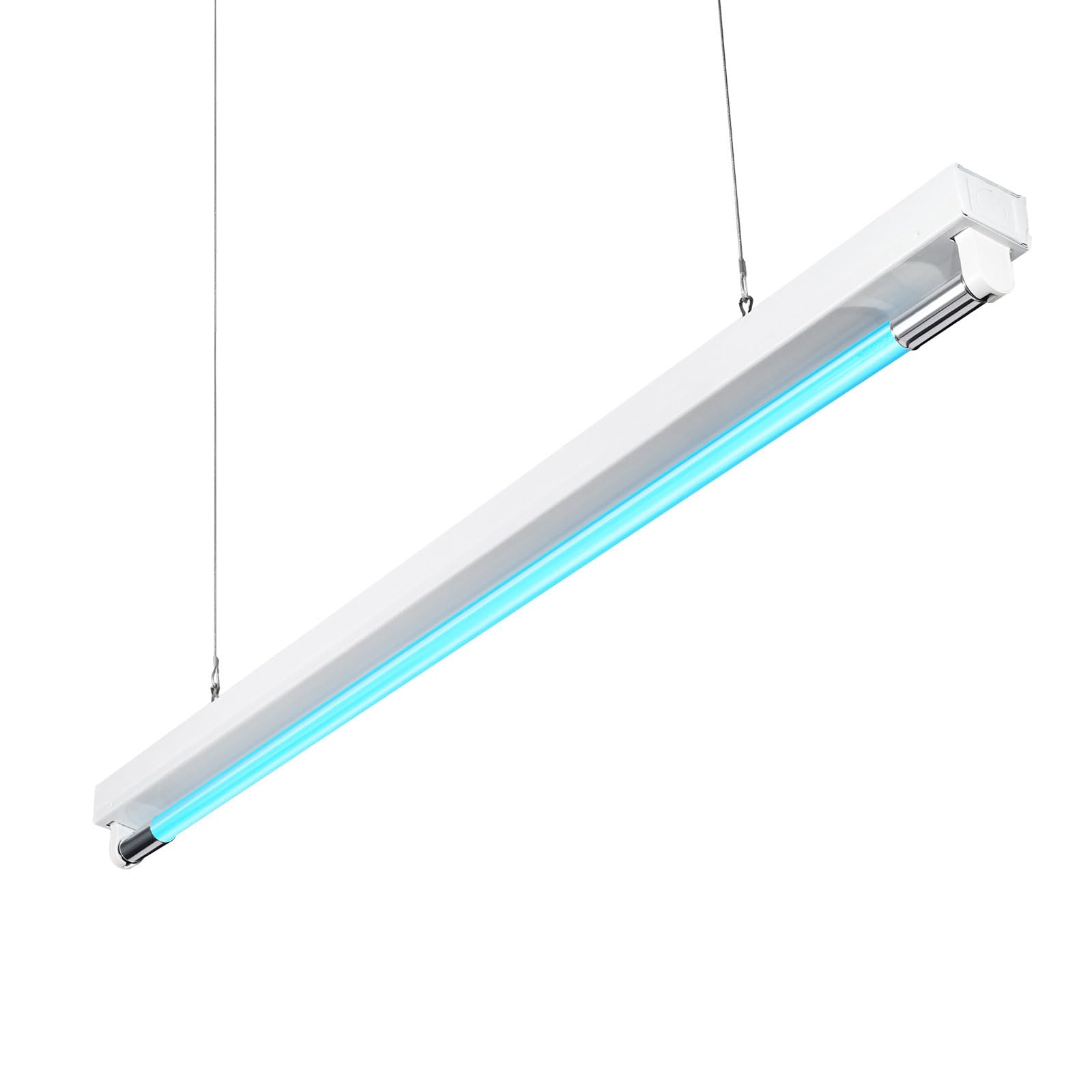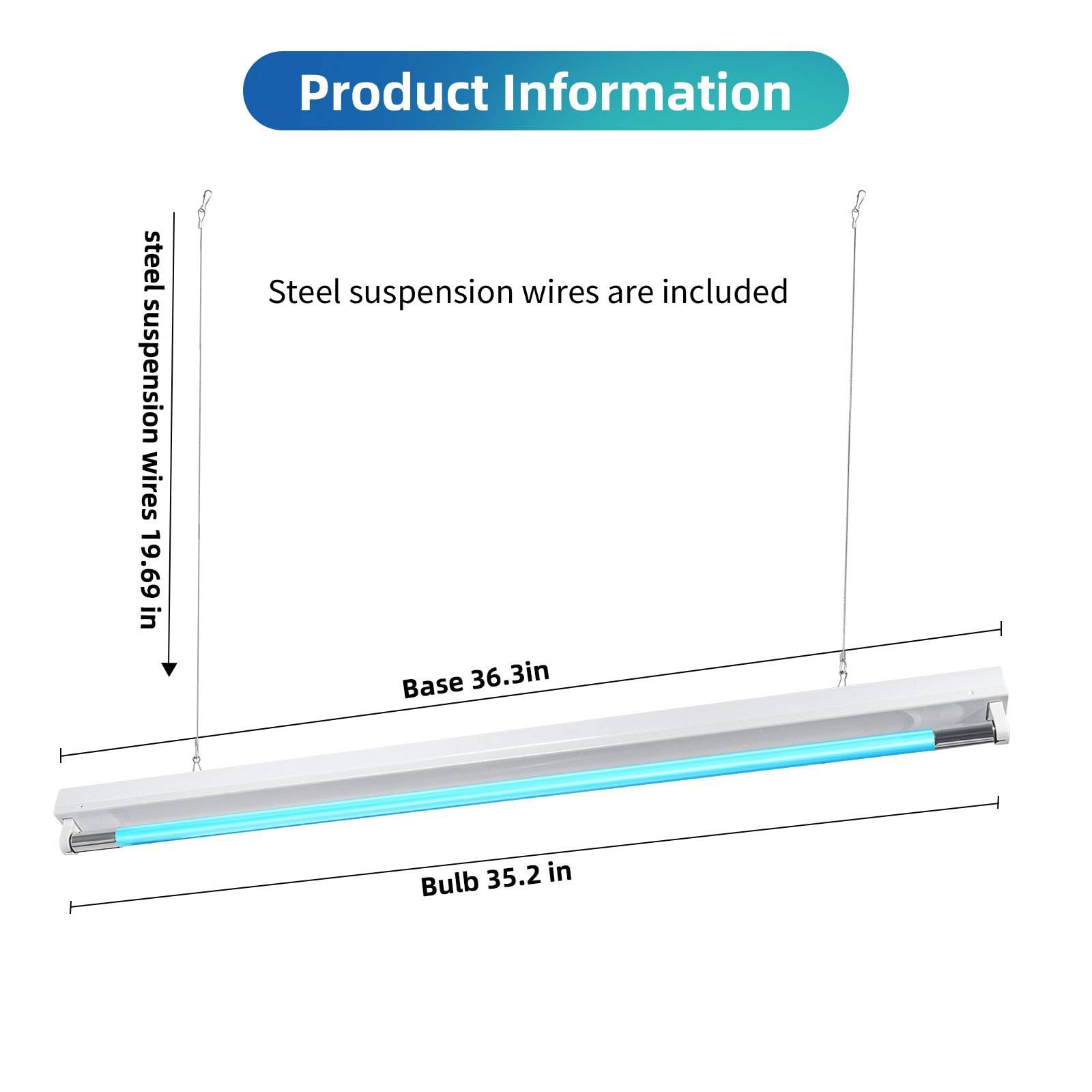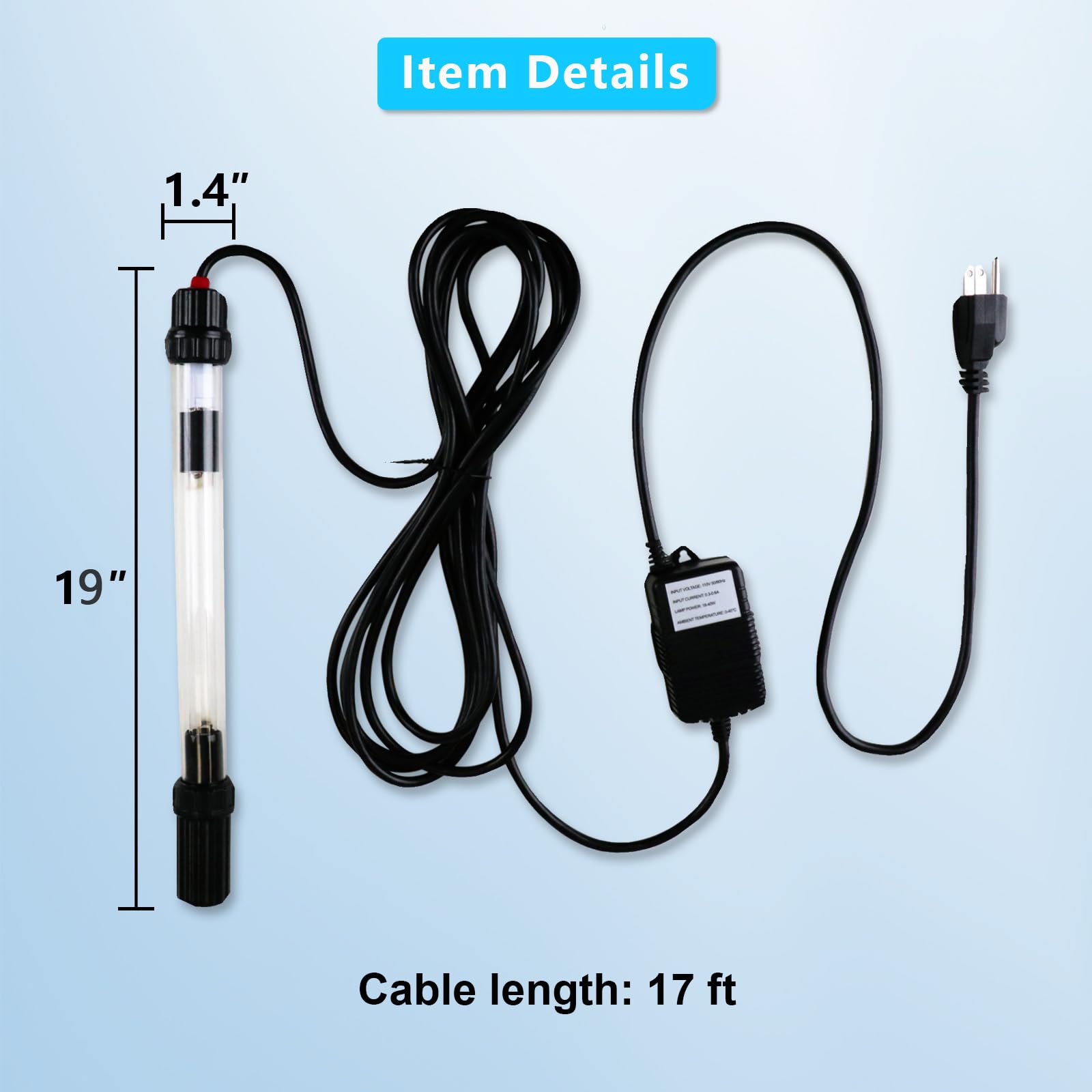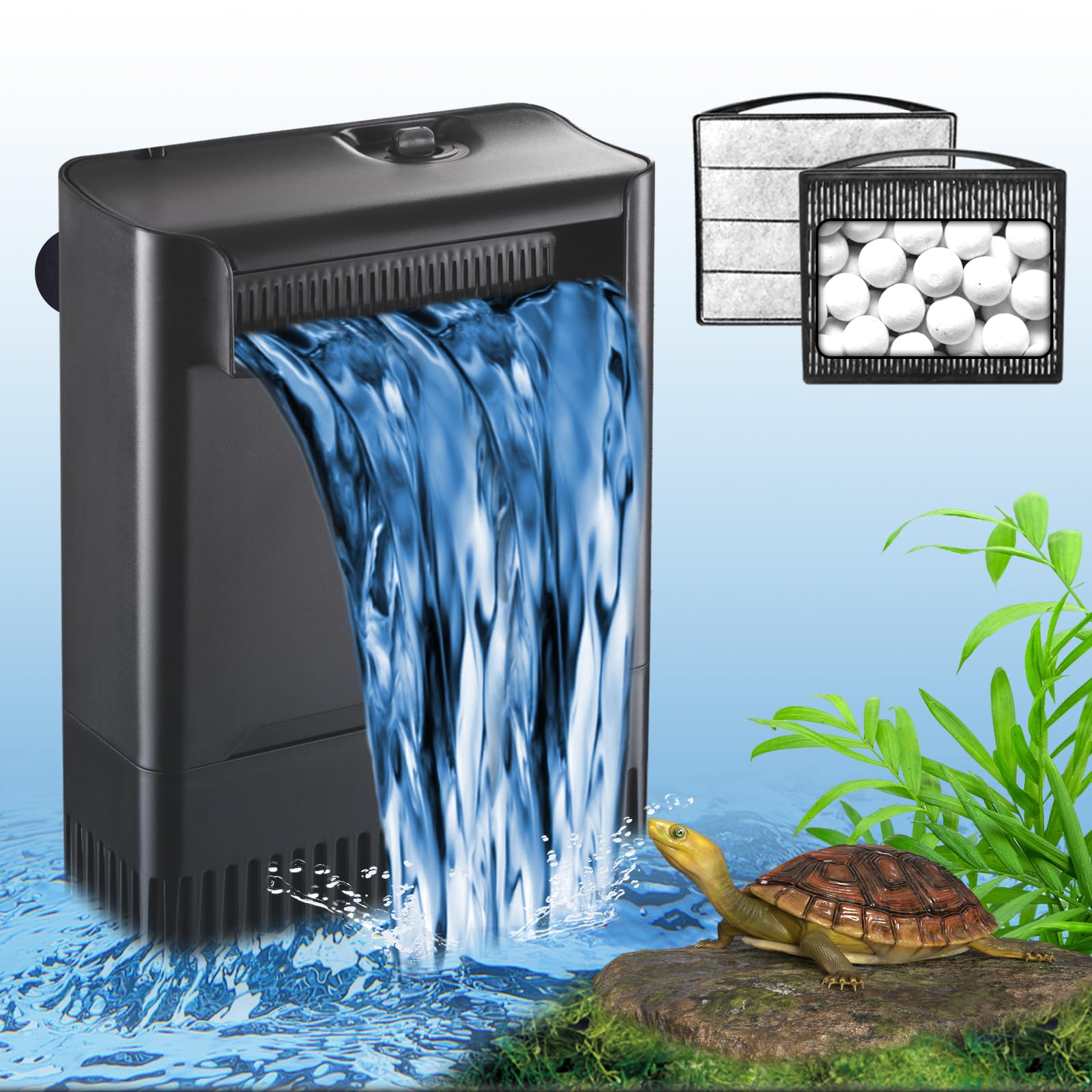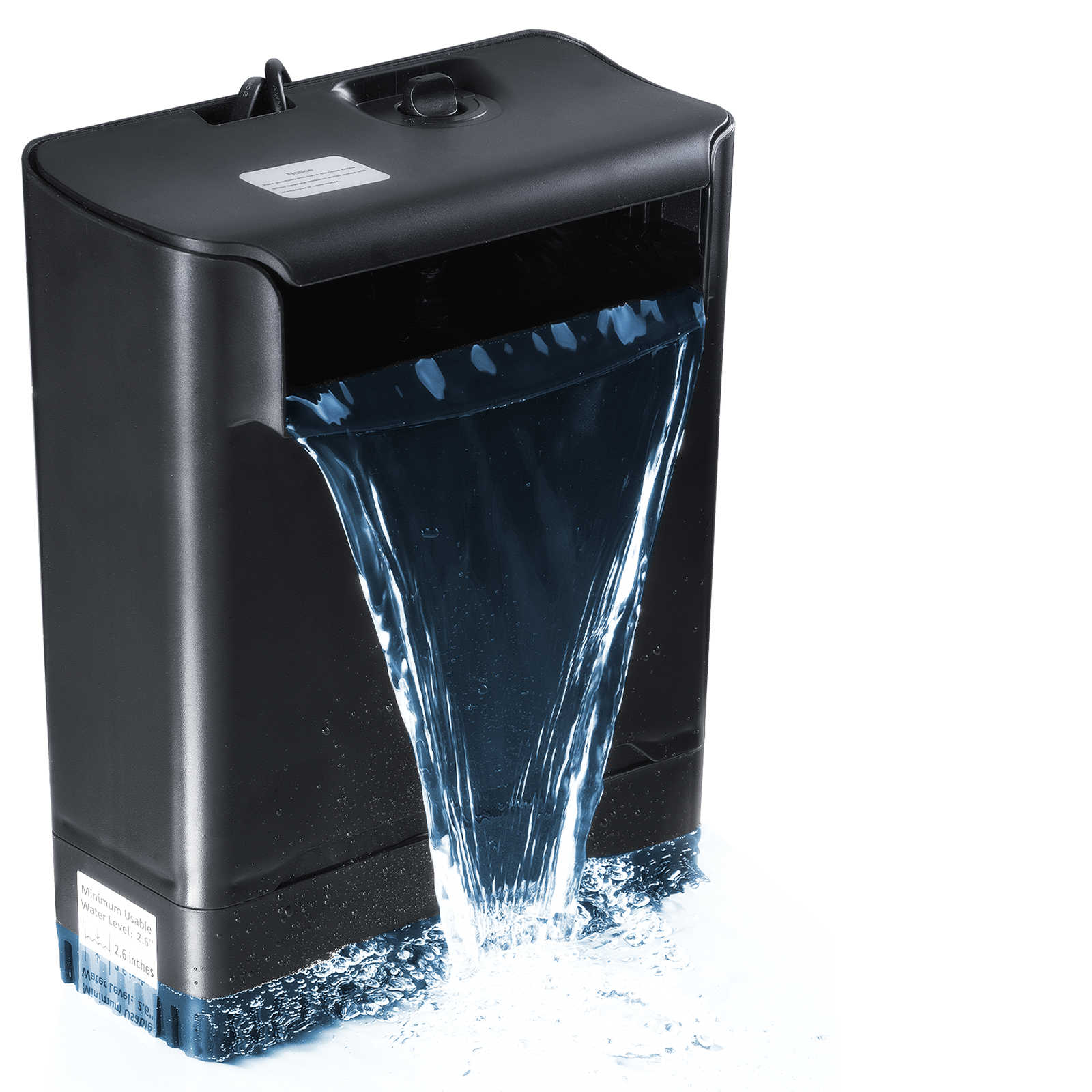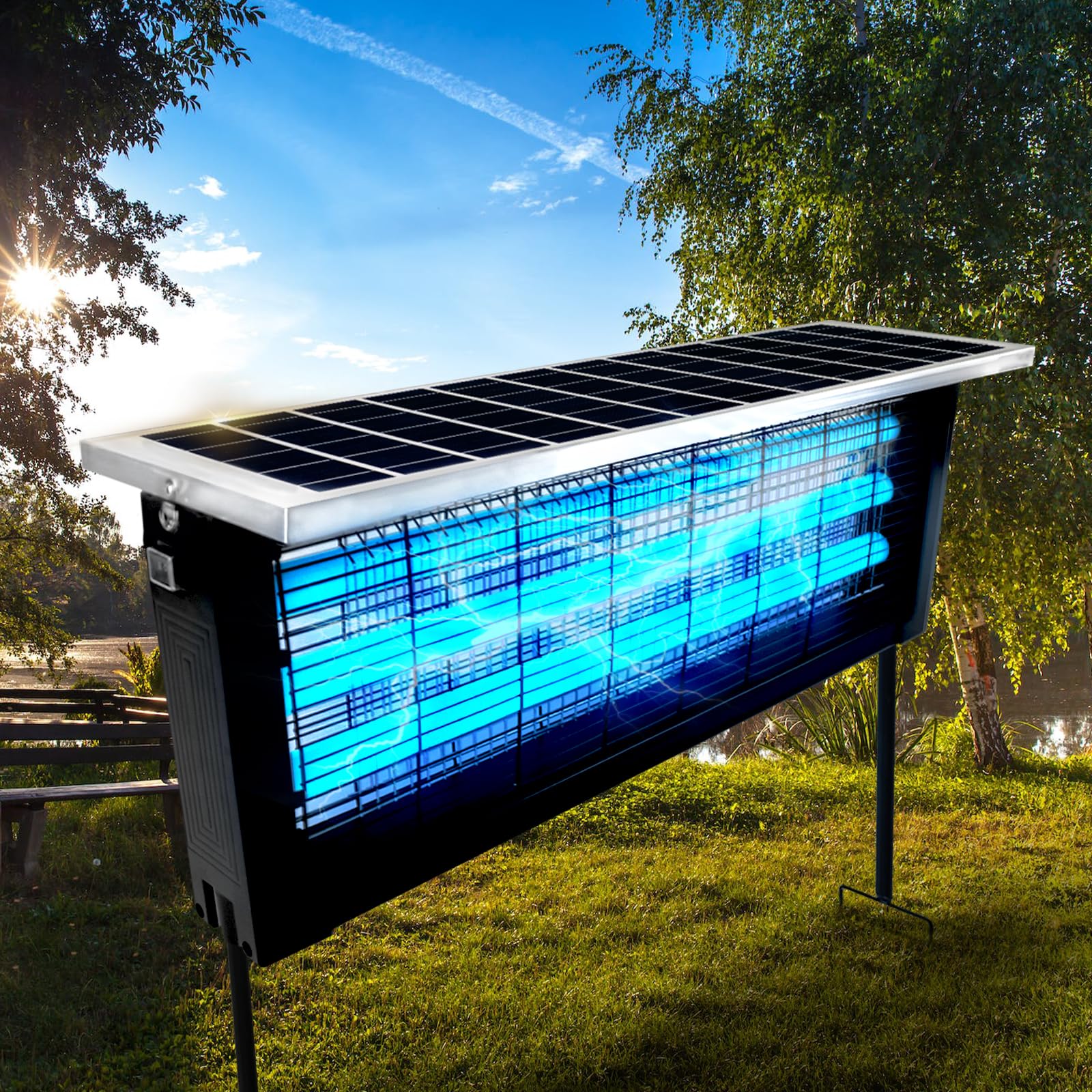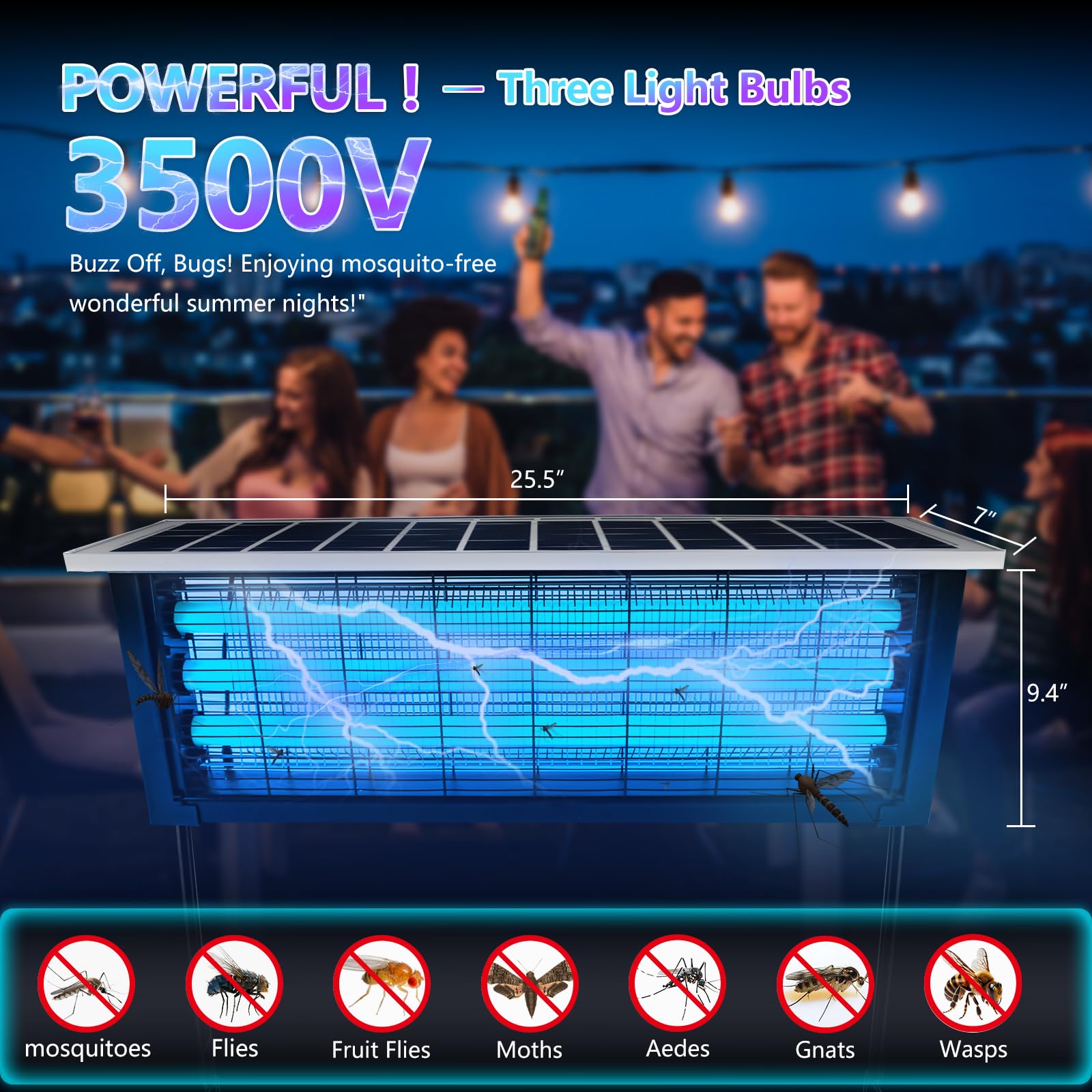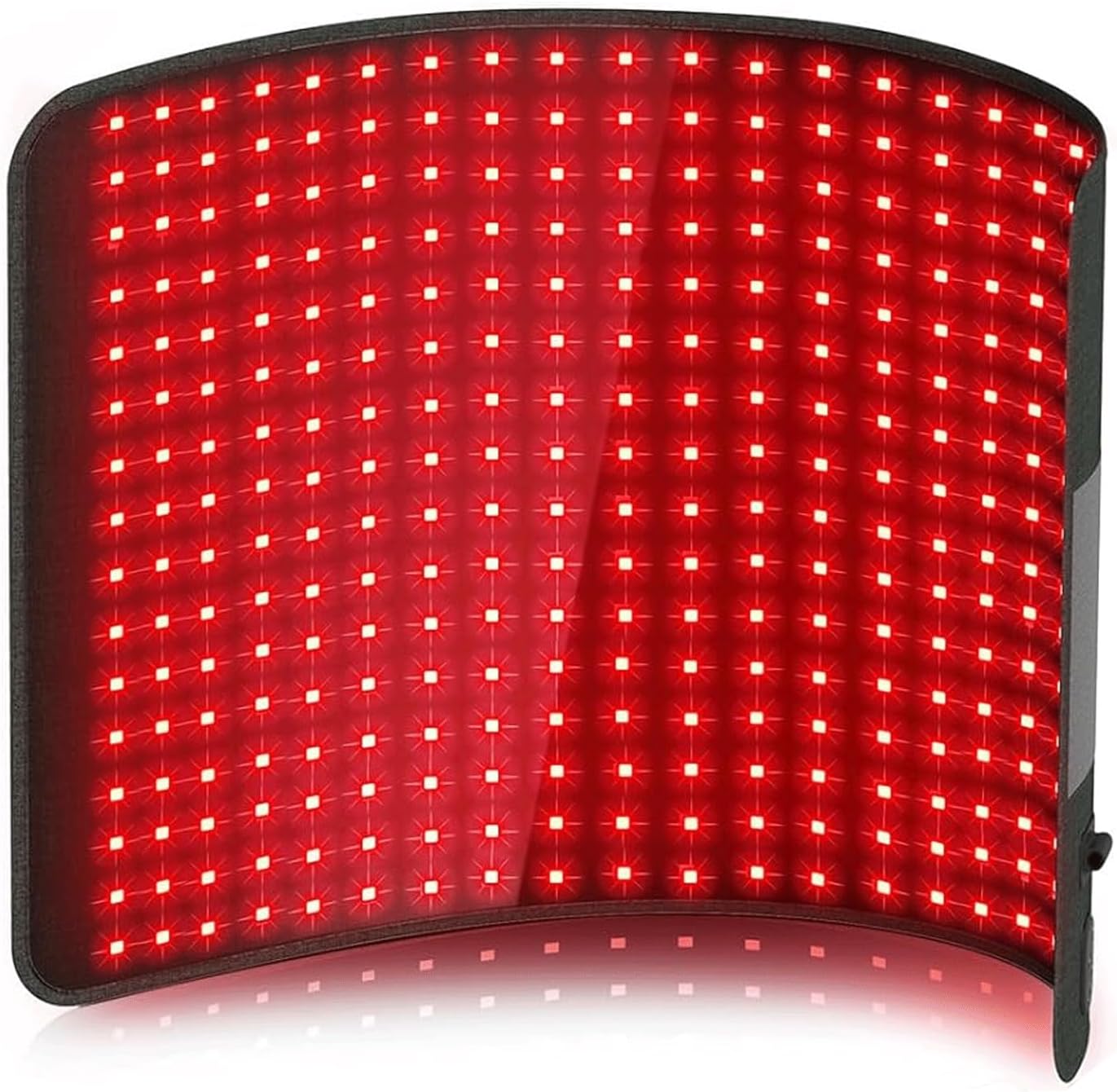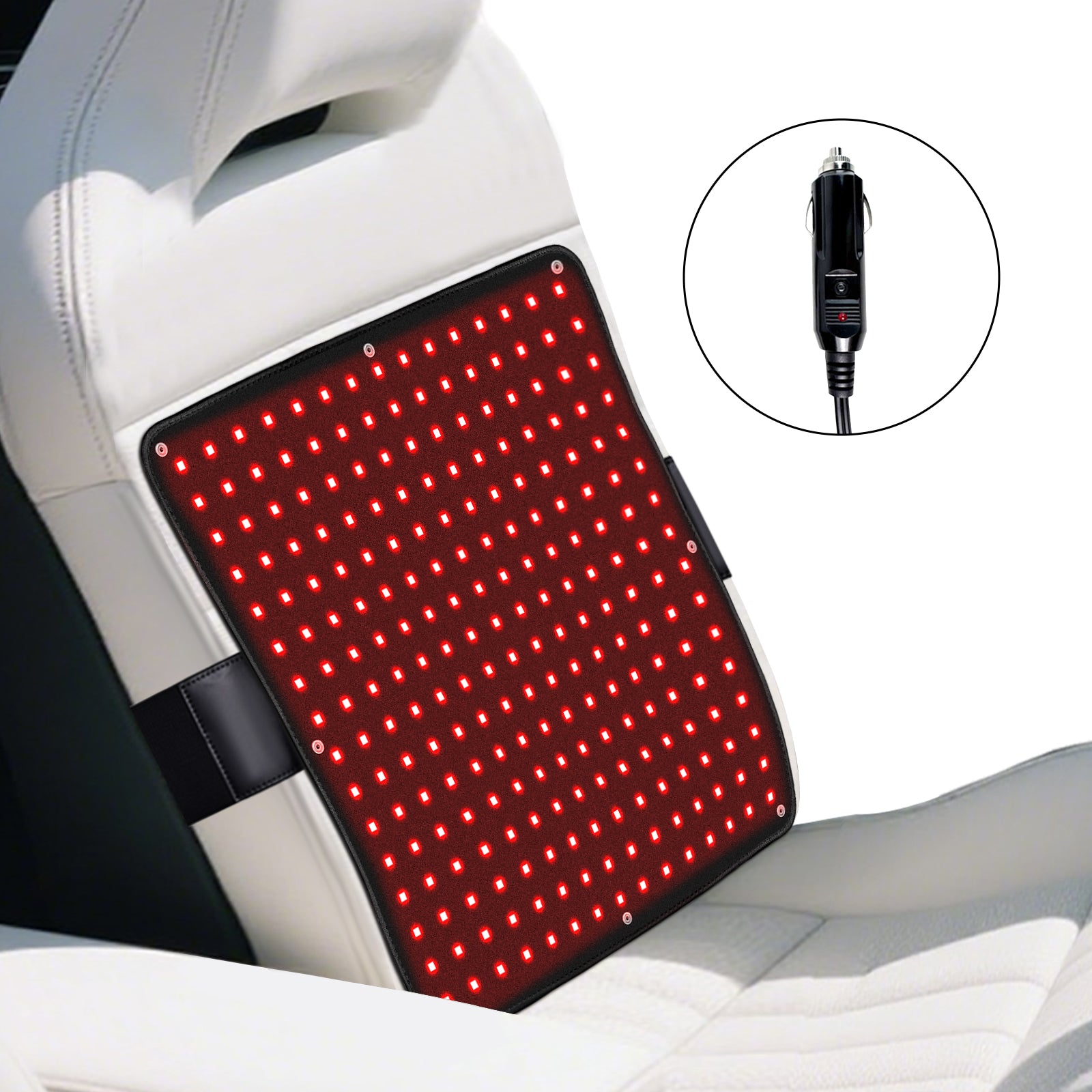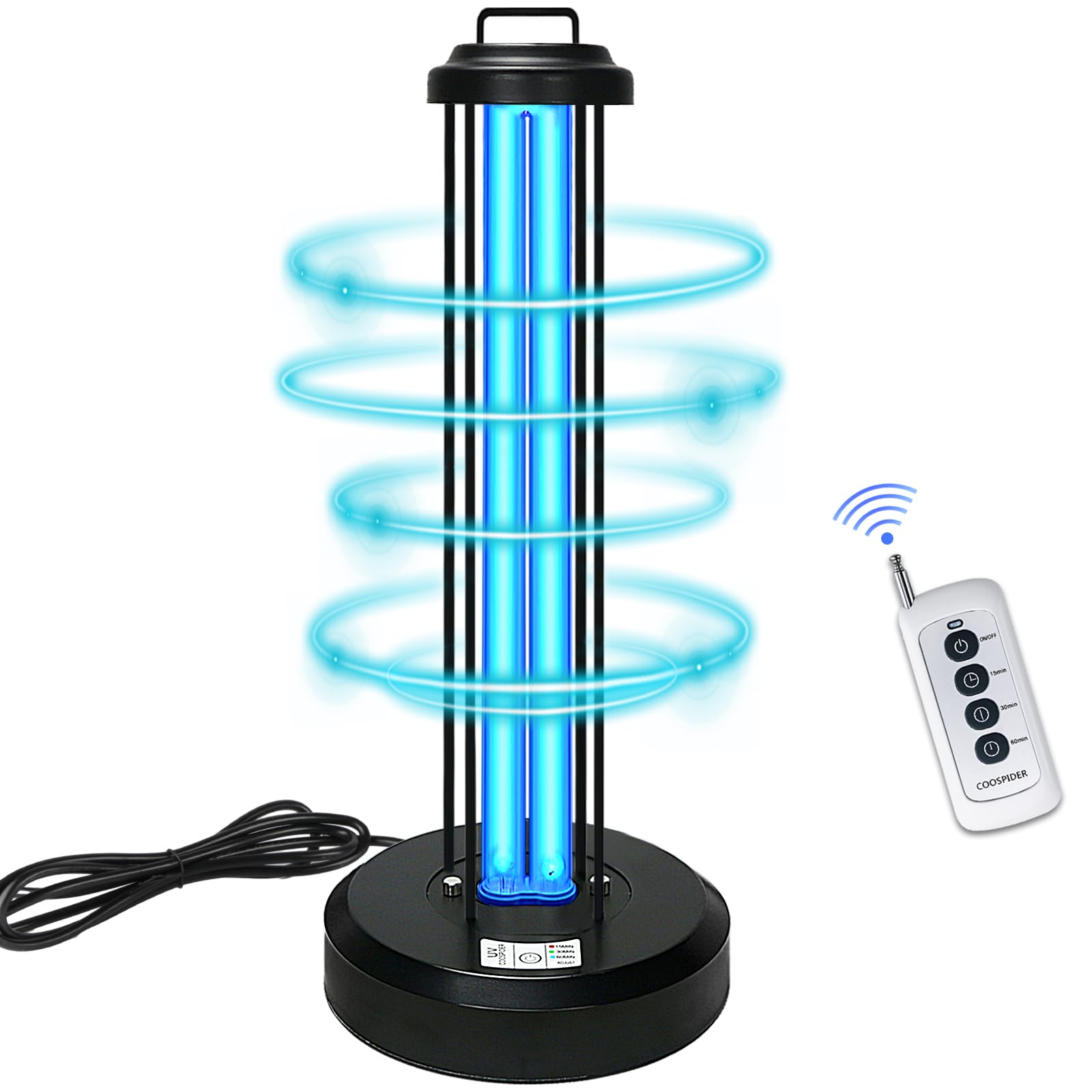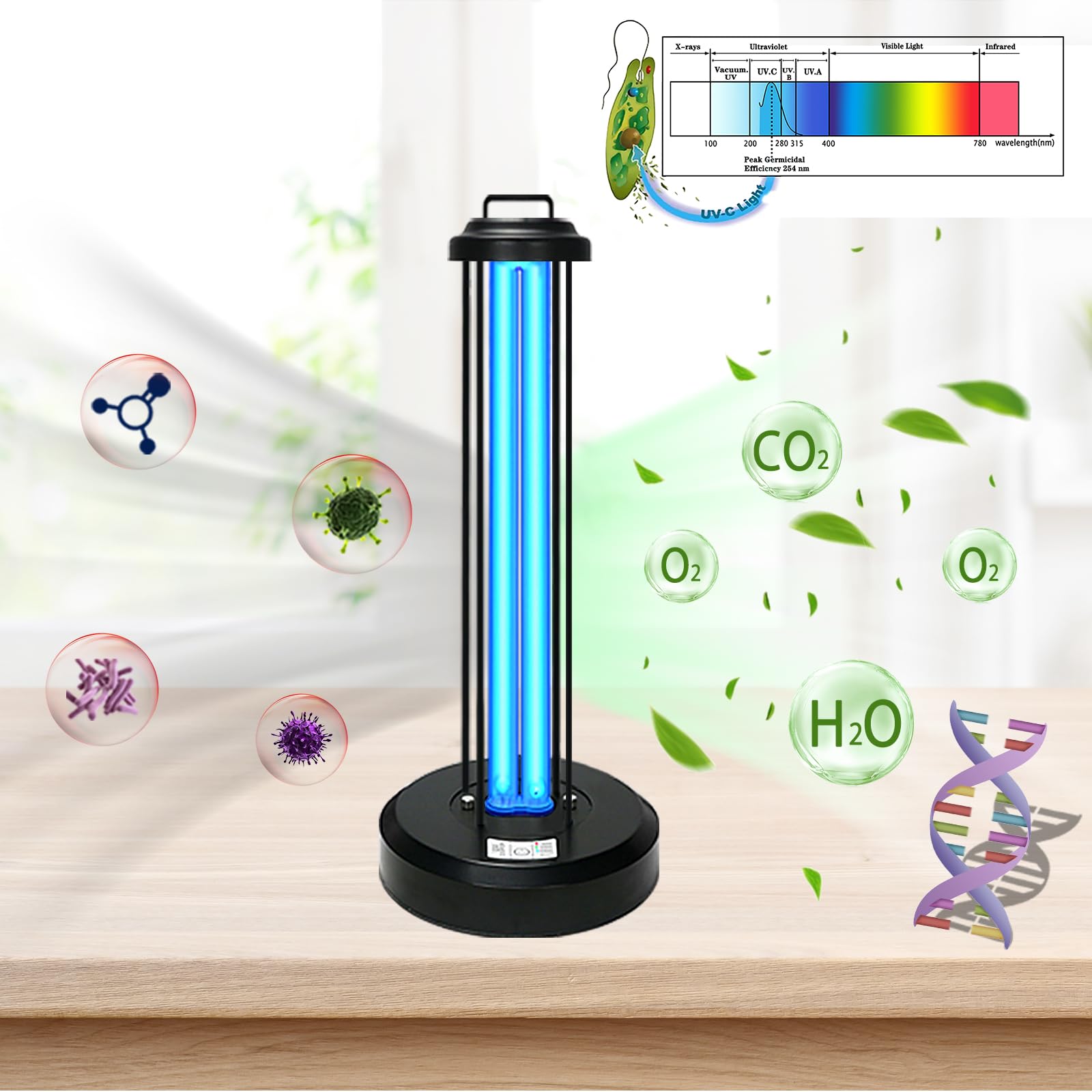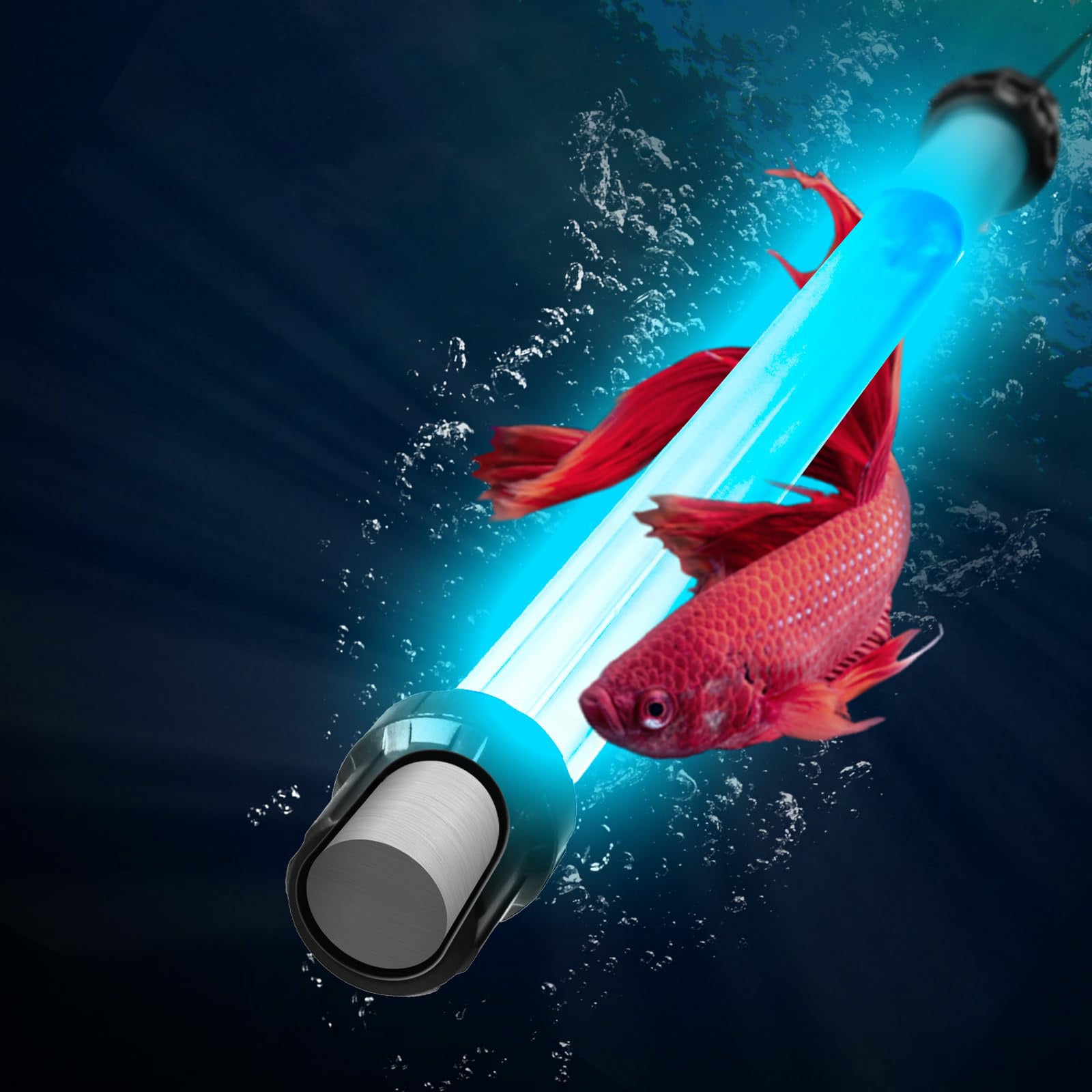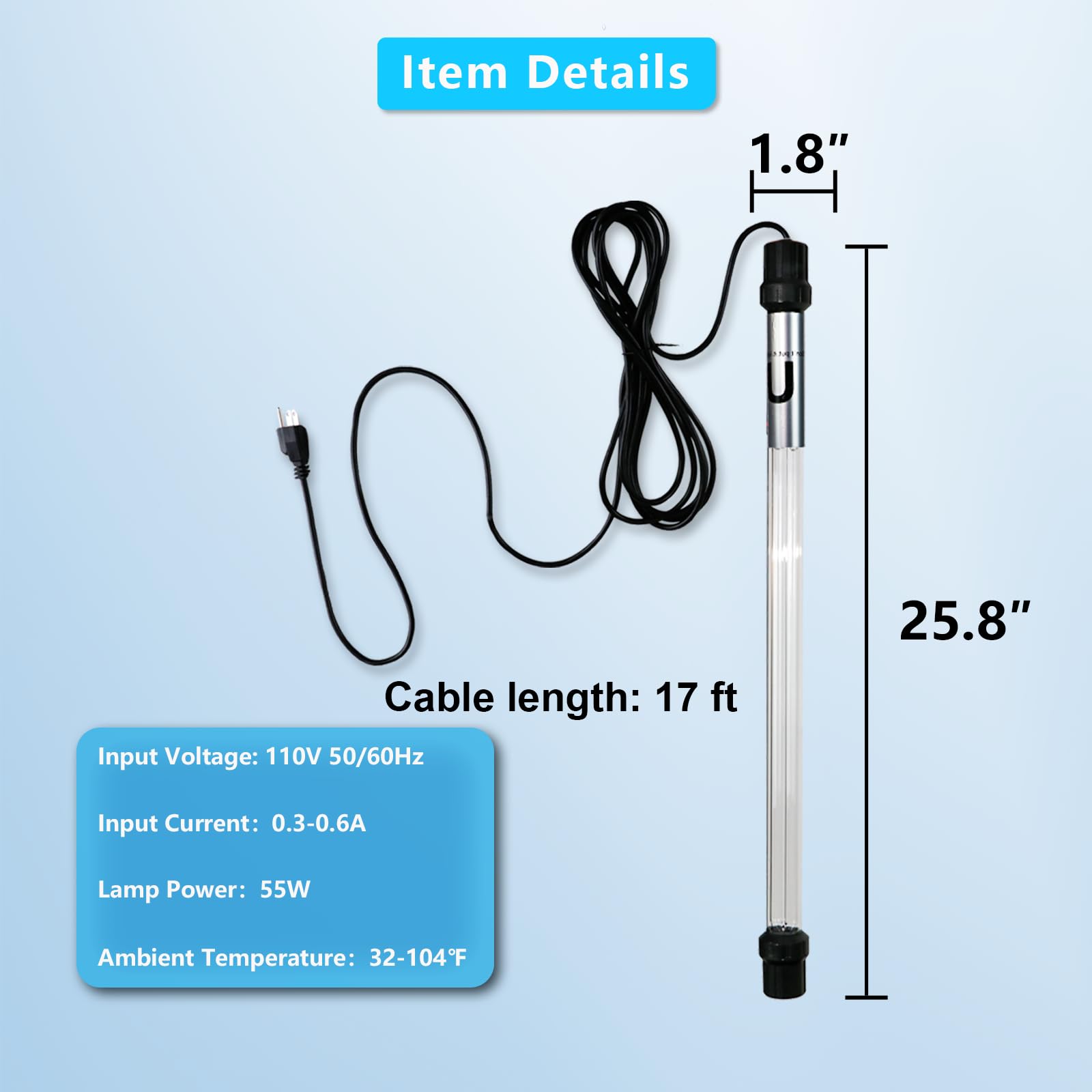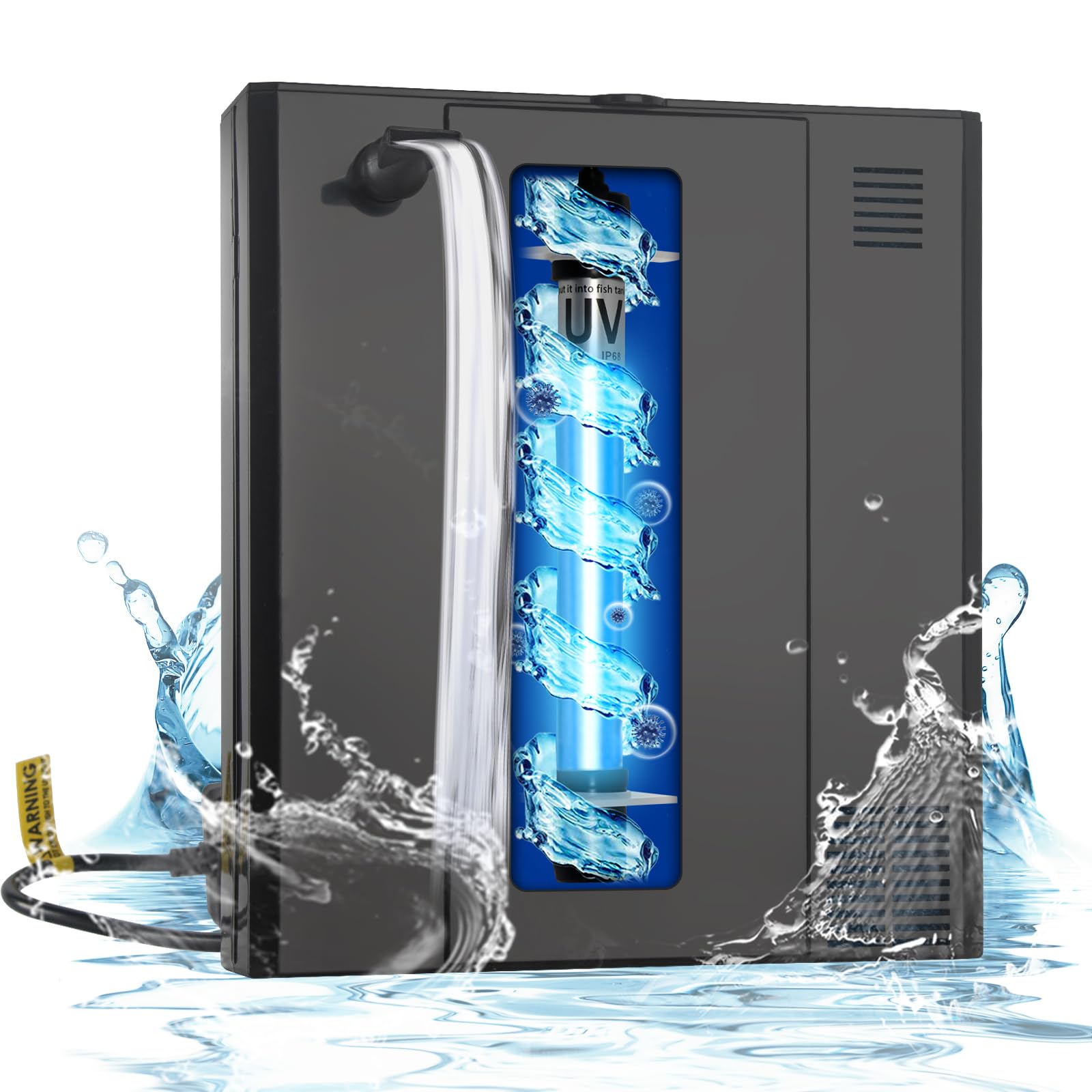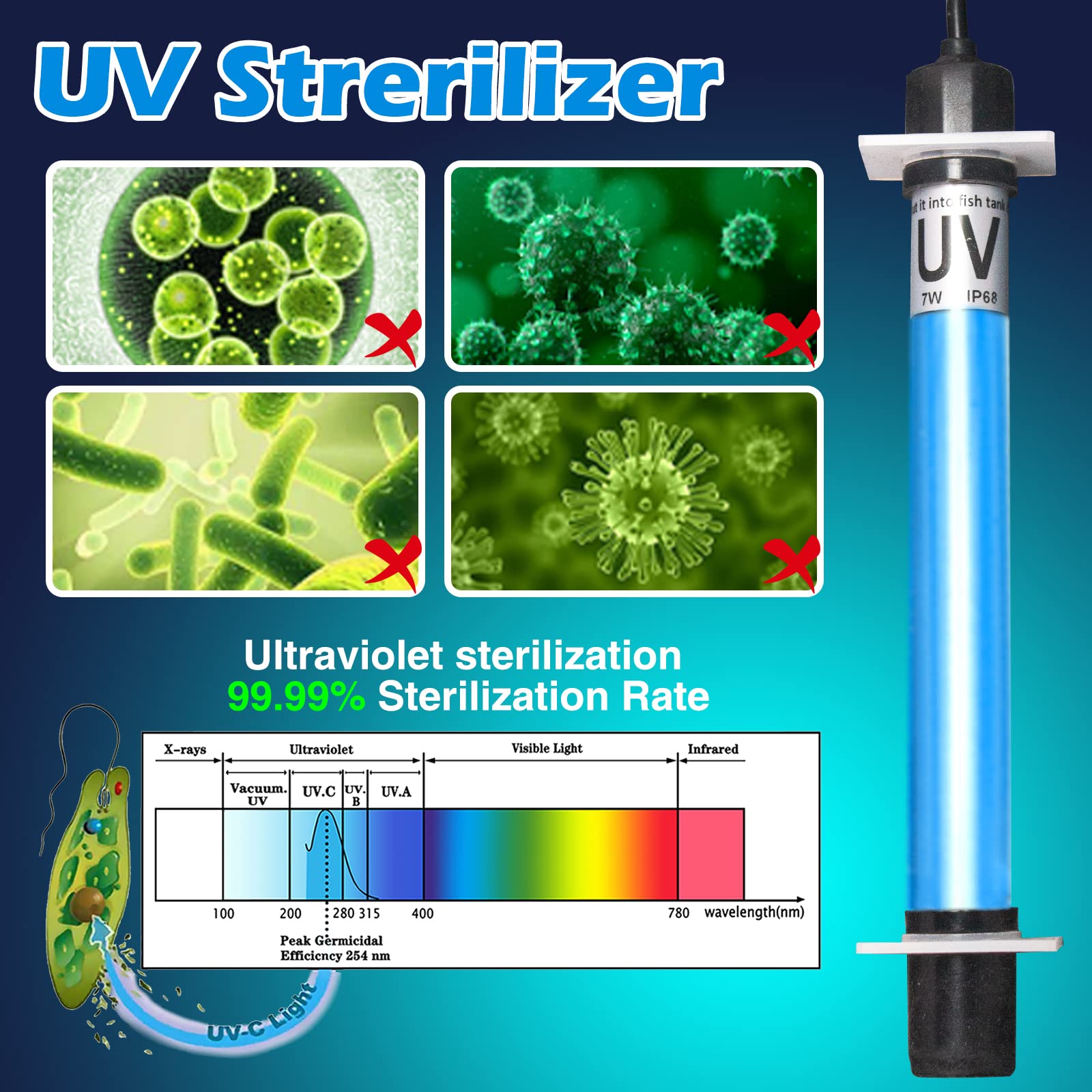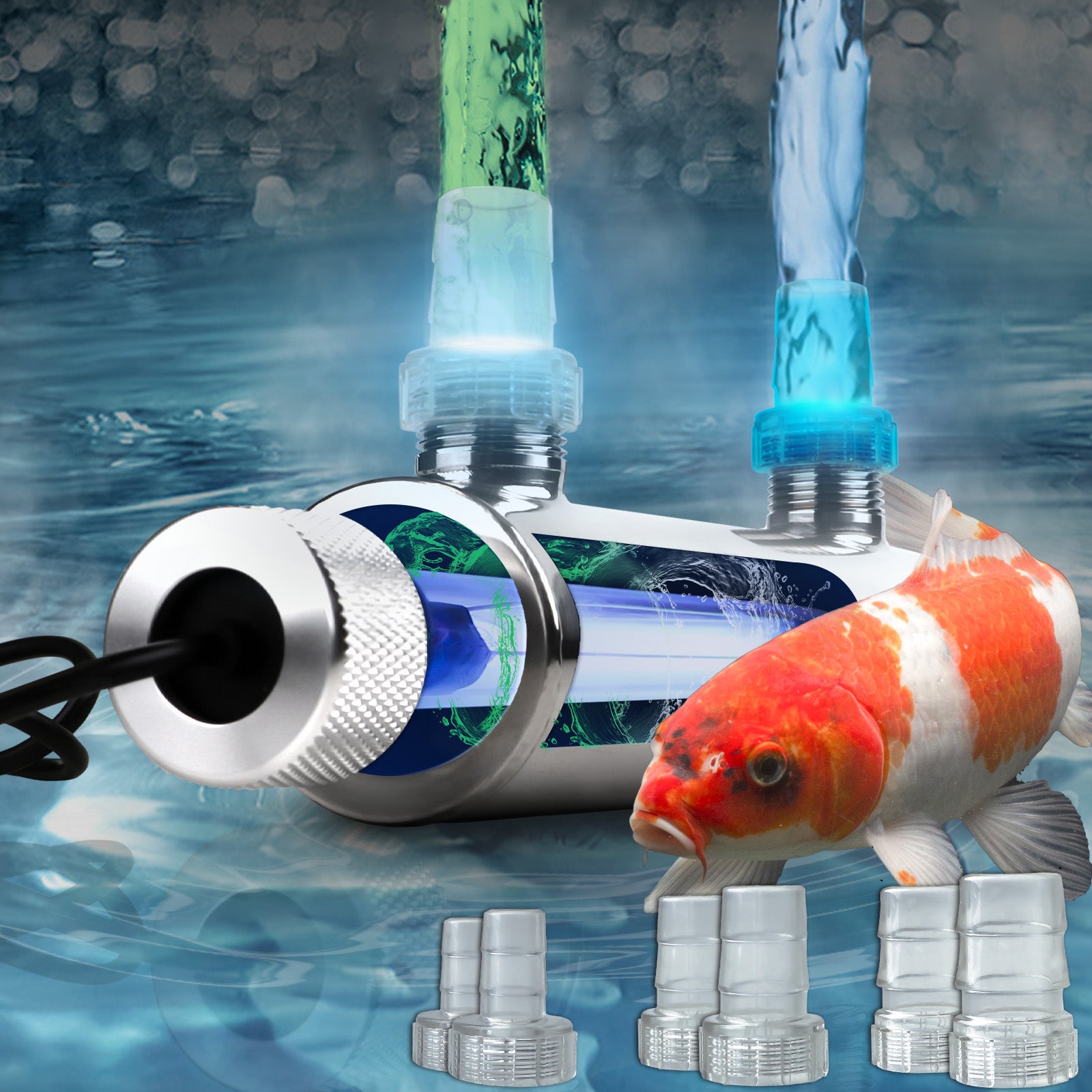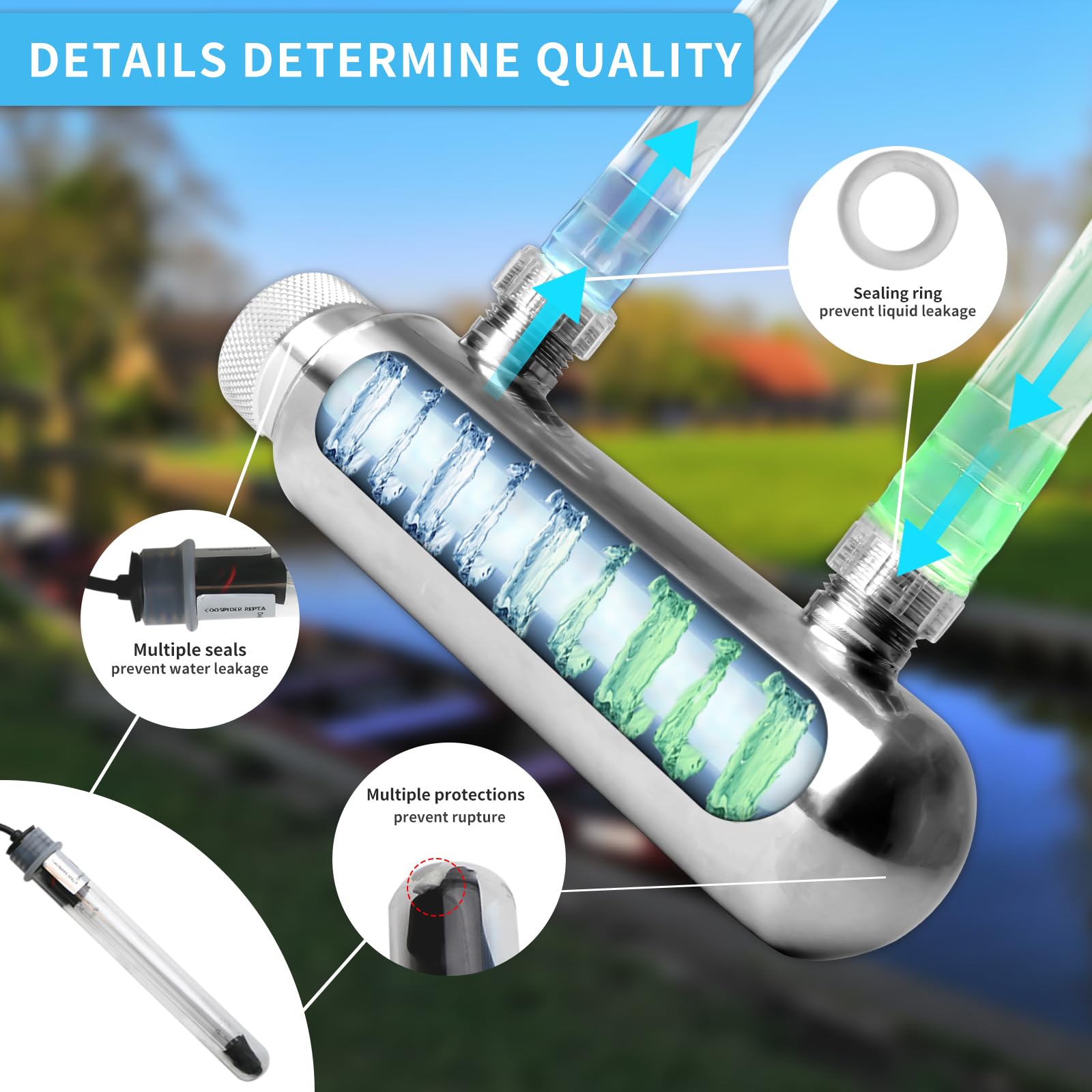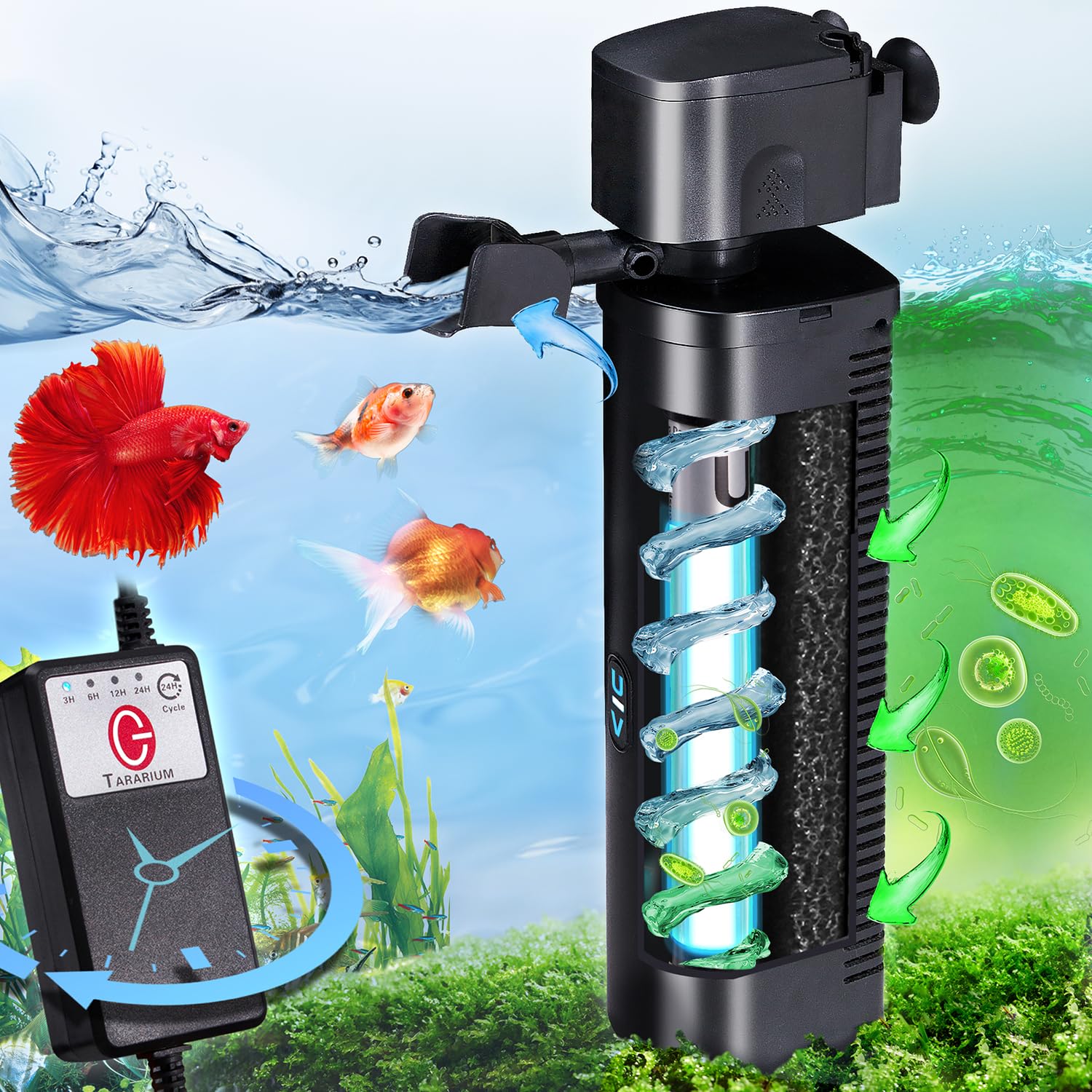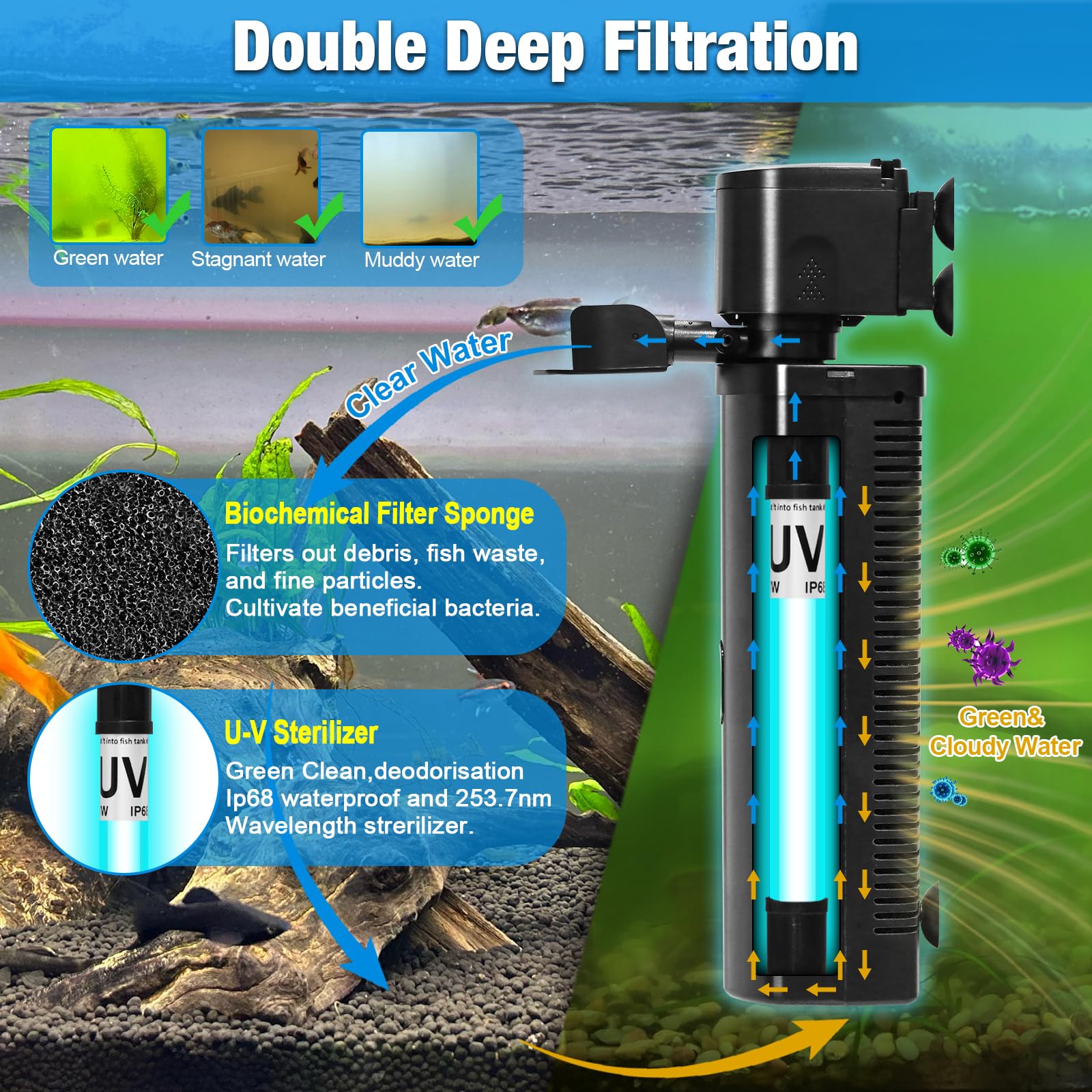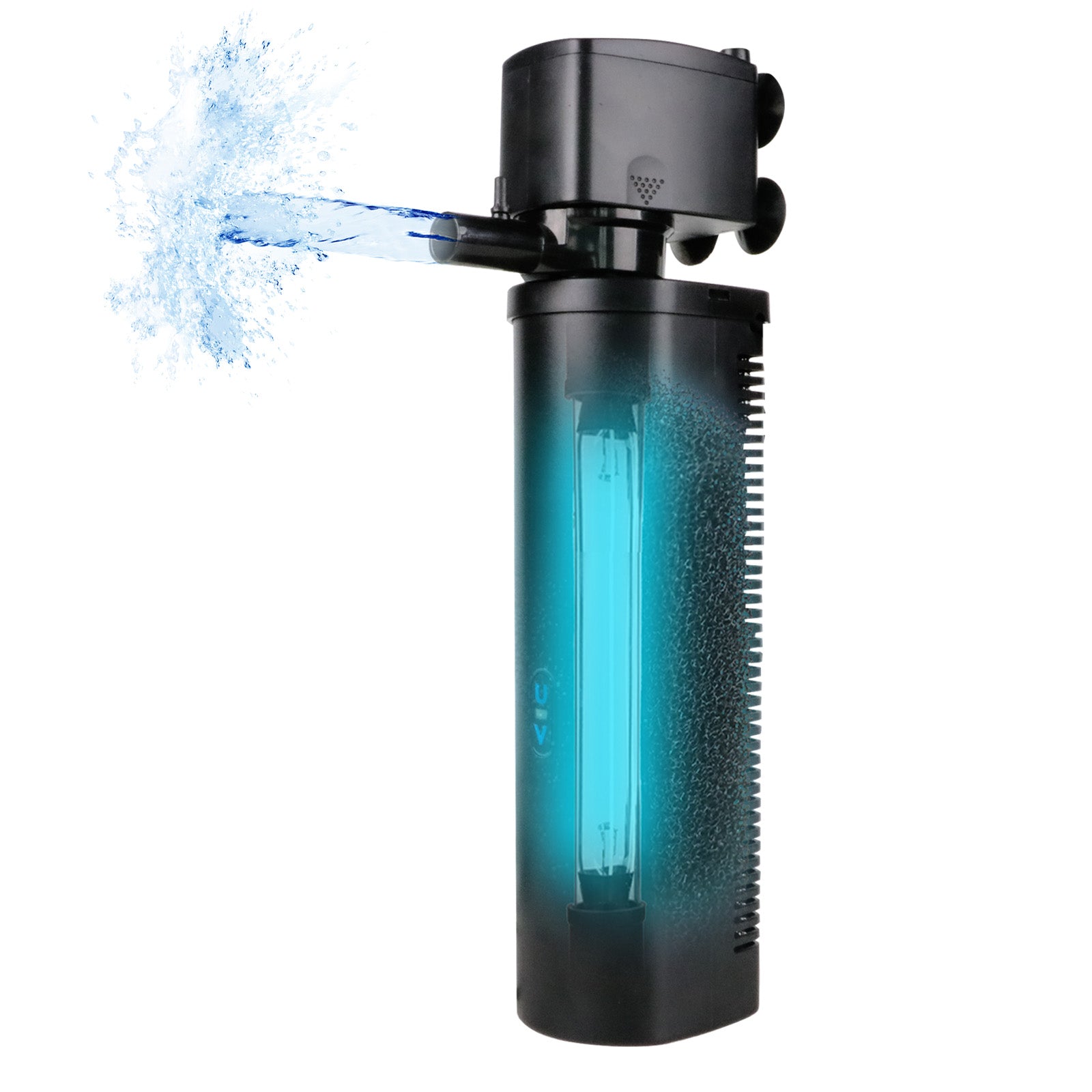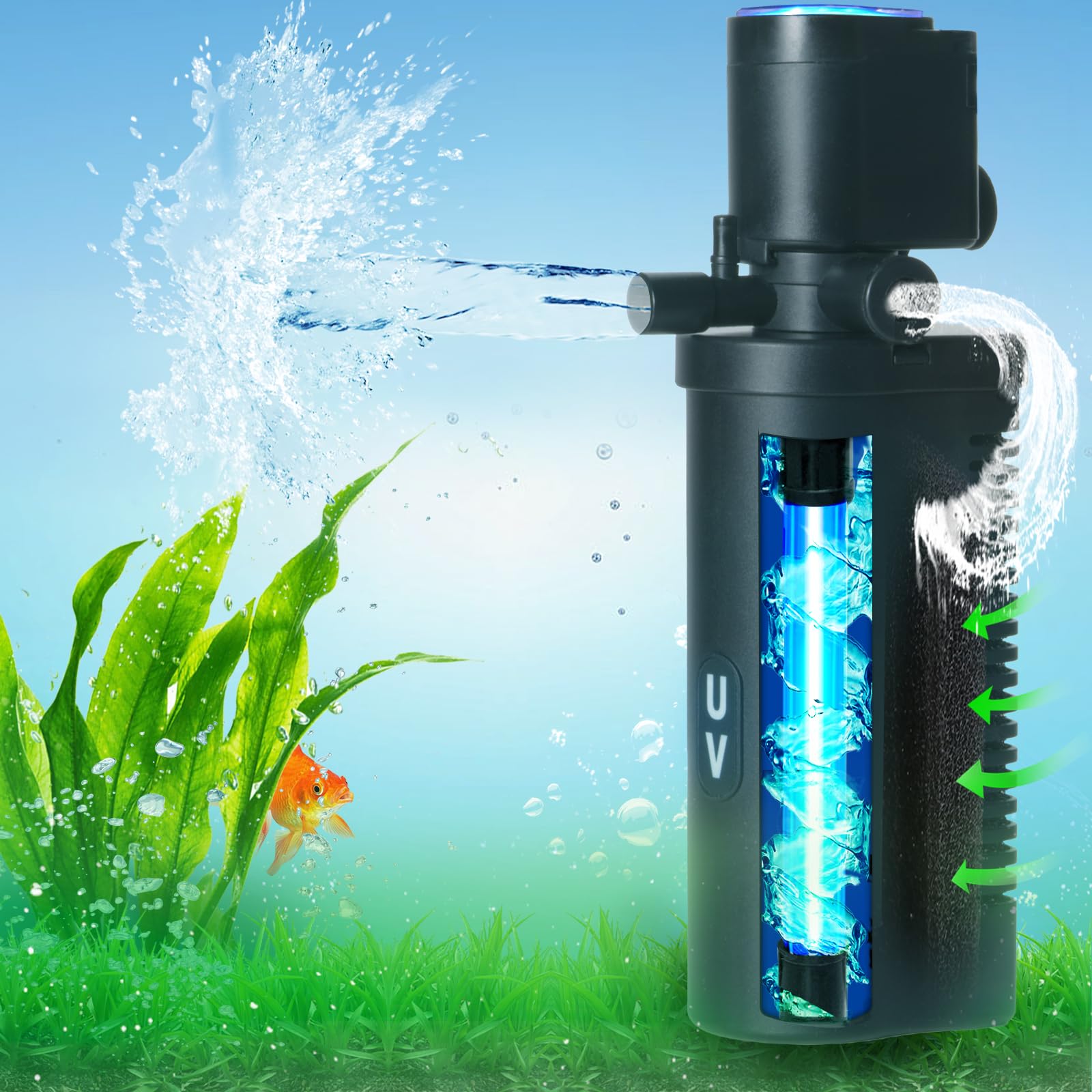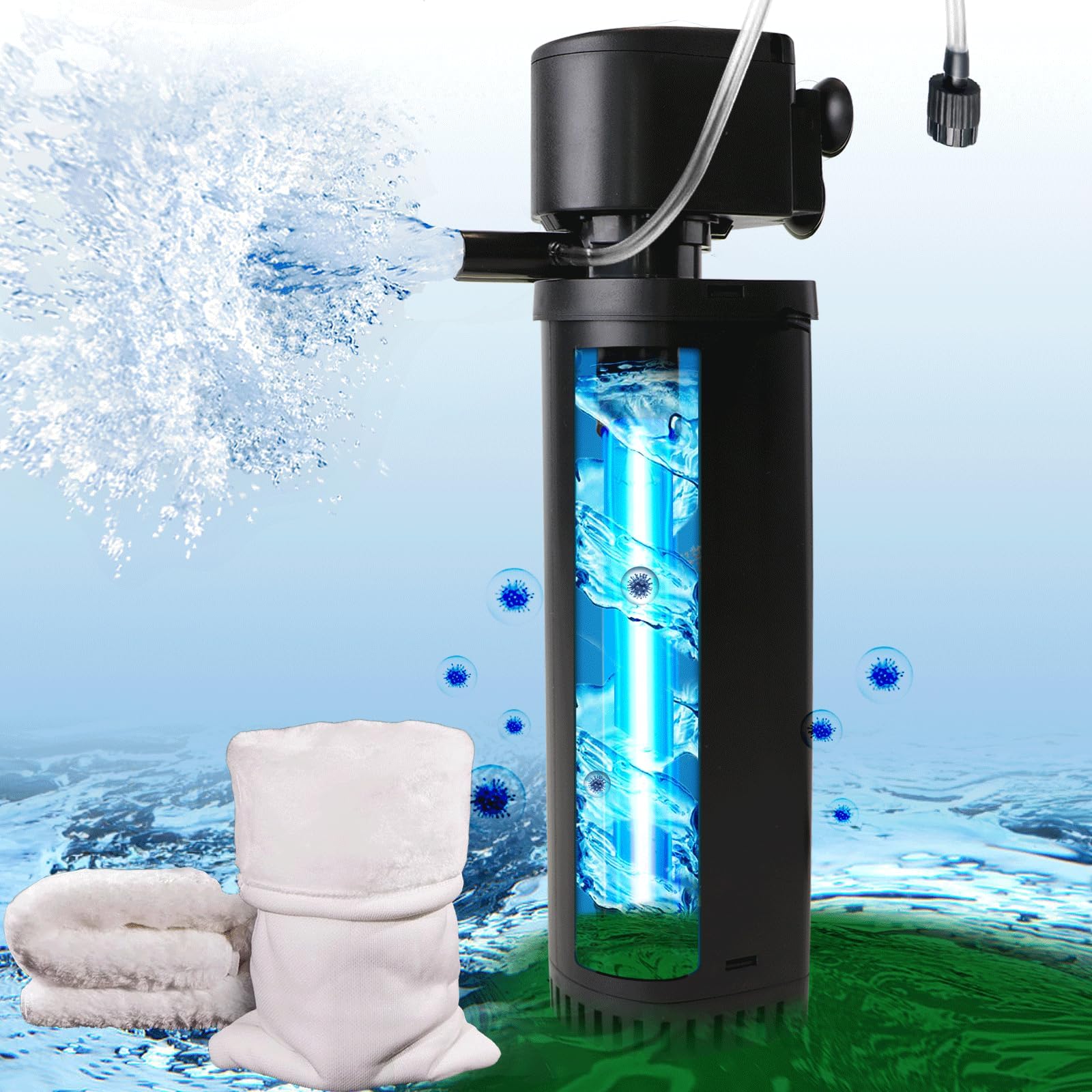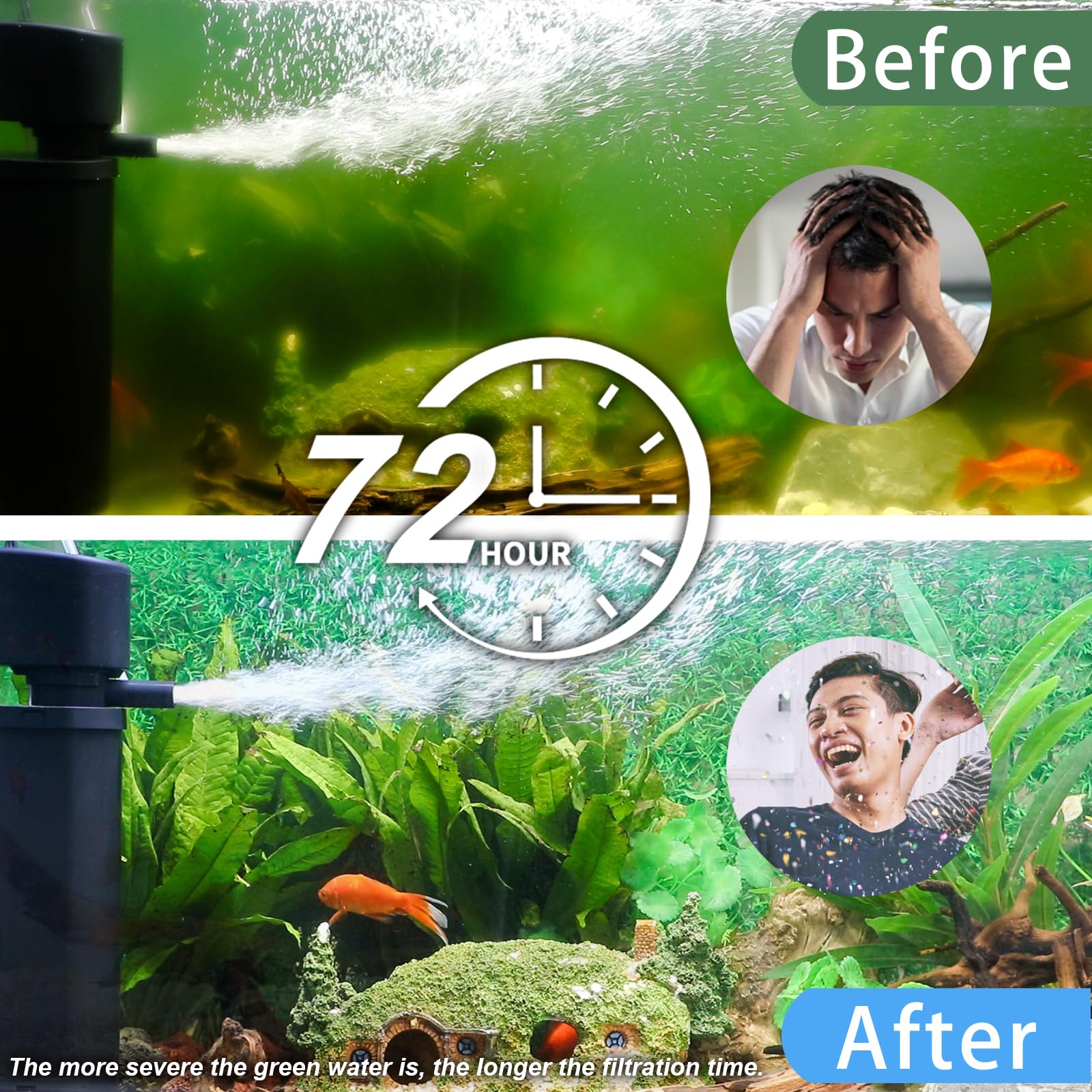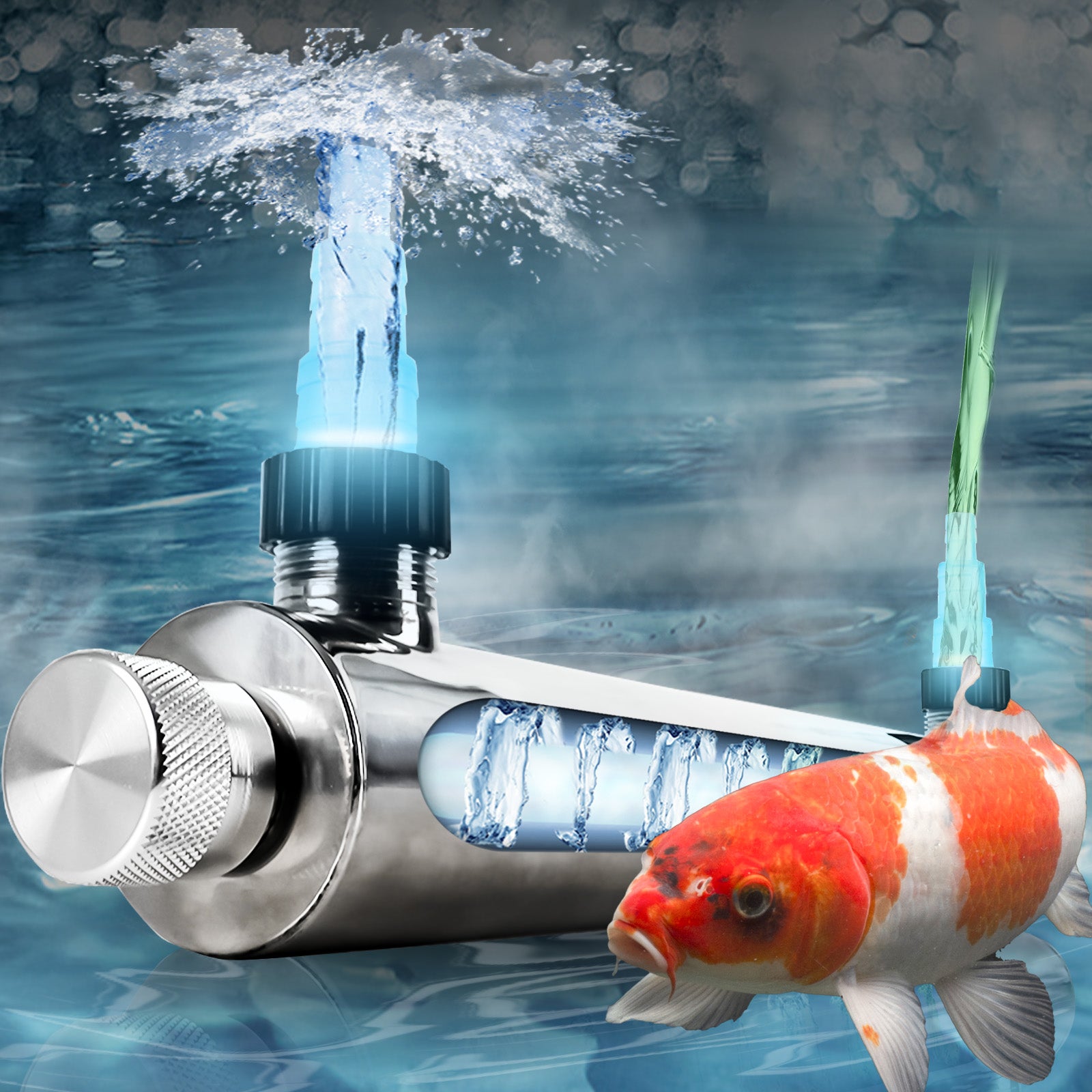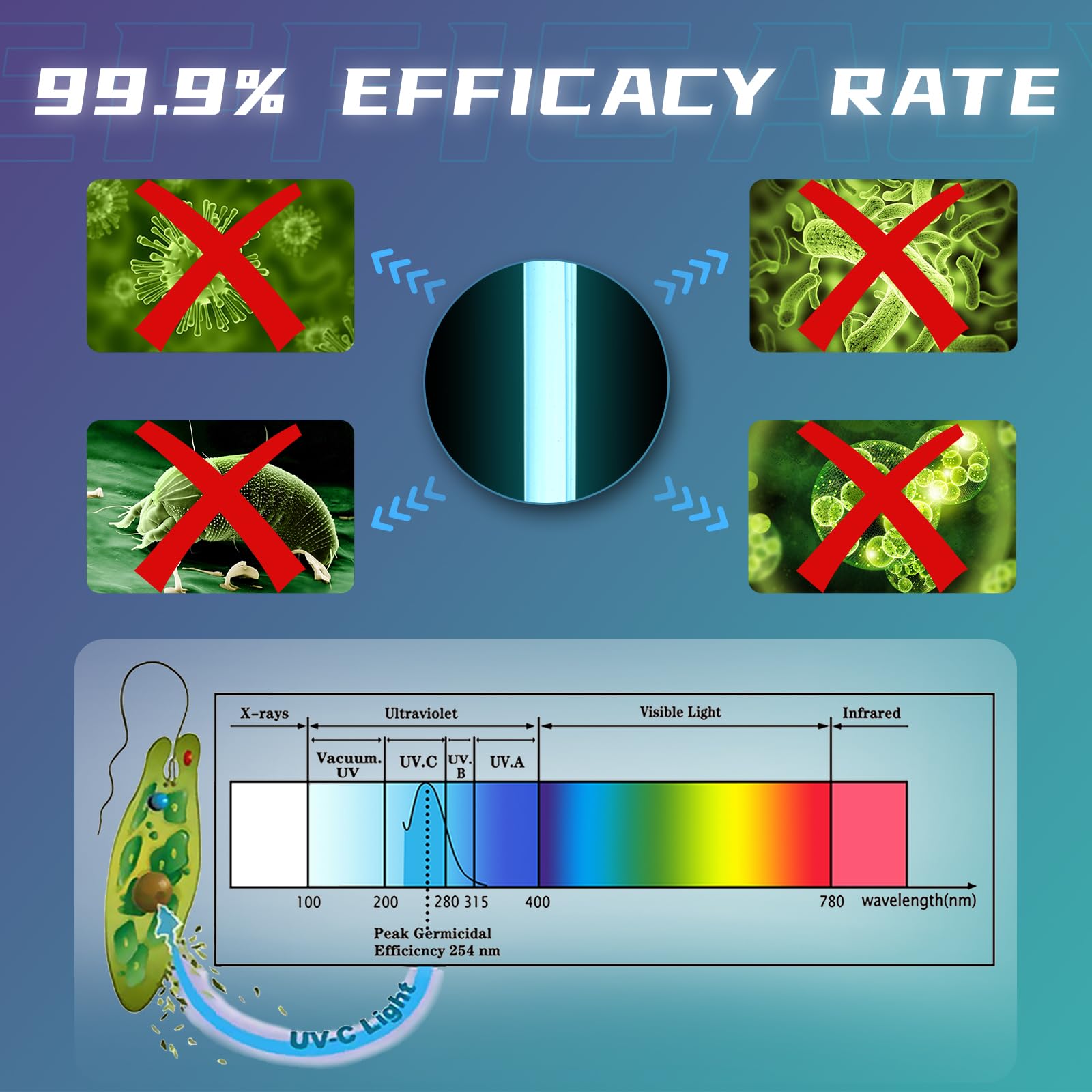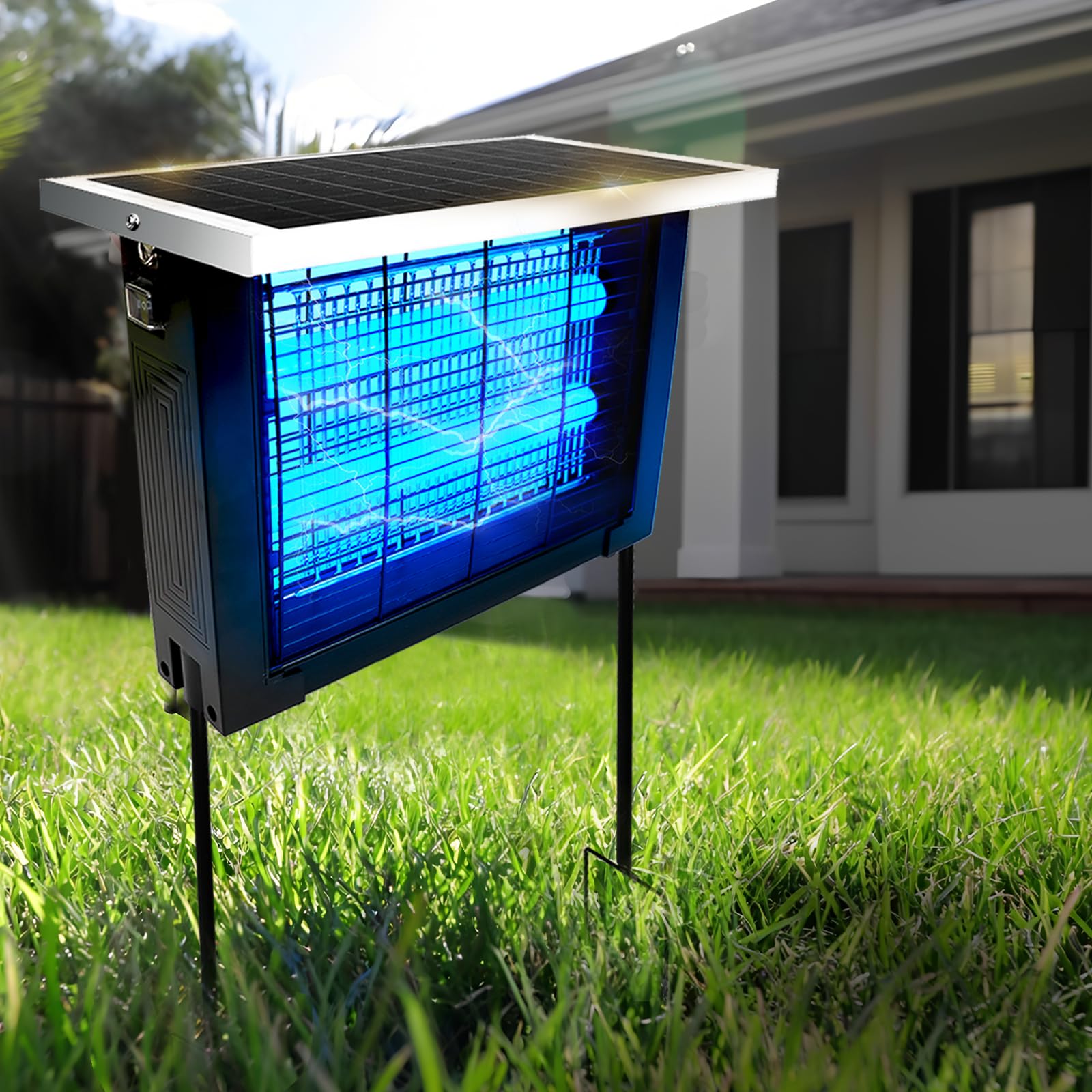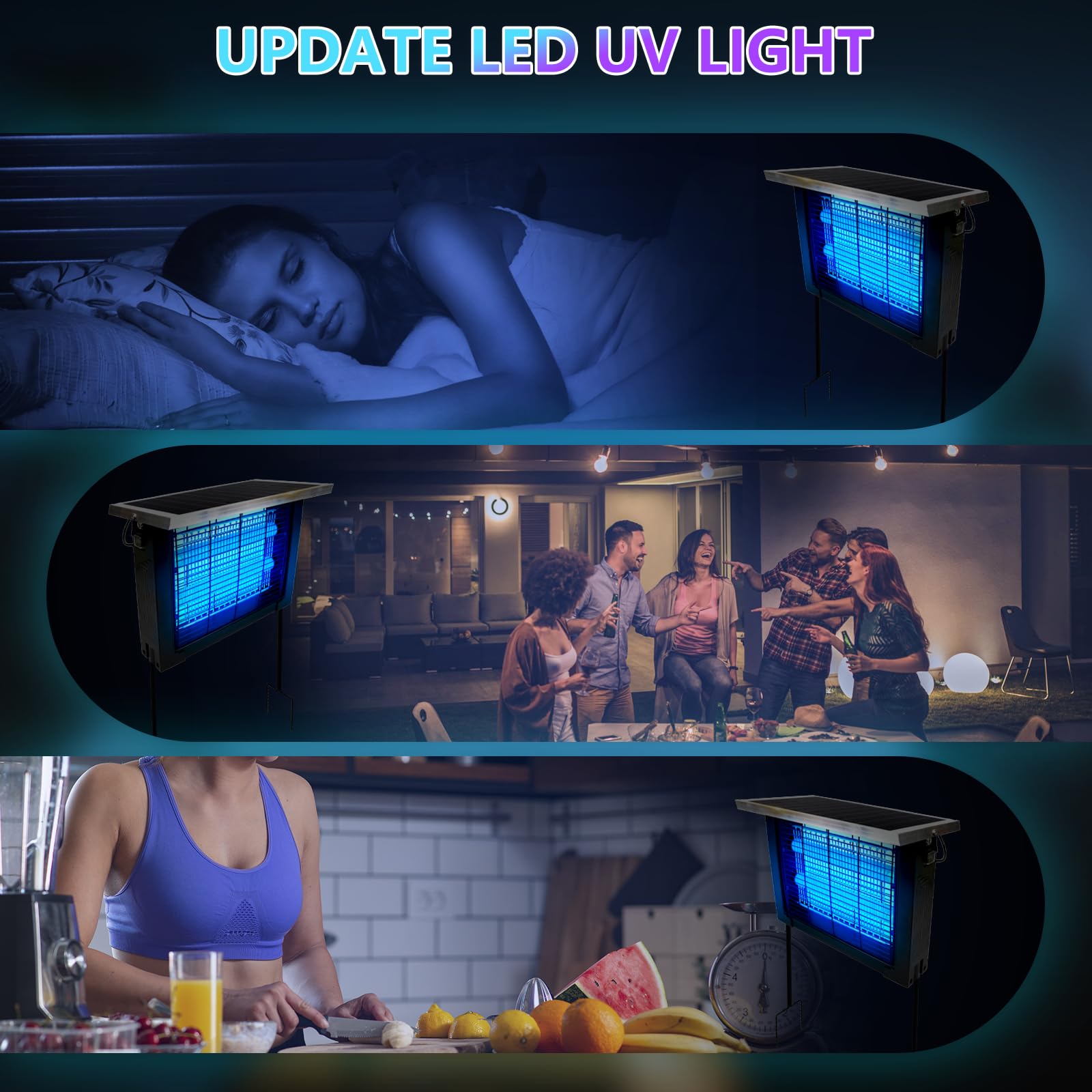Aquarium enthusiasts often debate the necessity and effectiveness of ultraviolet (UV) filters in maintaining healthy aquatic ecosystems. These devices, which use UV-C light to neutralize microorganisms, are marketed as solutions for controlling algae, pathogens, and cloudy water. But do they truly deliver on these promises, or are they just another gadget in the crowded aquarium supply market? This article dives into the science, practical applications, and limitations of UV filters to determine their real-world value.
How Do UV Filters Work?
UV filters, also known as UV sterilizers or clarifiers, expose water to ultraviolet light as it passes through a shielded chamber. The UV-C wavelength (typically 254 nanometers) disrupts the DNA and RNA of microorganisms, rendering them unable to reproduce or cause harm. This process effectively neutralizes:
- Free-floating algae (e.g., green water algae blooms)
- Bacteria (including some disease-causing strains)
- Parasites (e.g., Ichthyophthirius multifiliis, or "ich")
- Viruses (to a limited degree)
Importantly, UV light does not physically remove these organisms from the water—it simply sterilizes them. Dead algae and inactivated pathogens must still be filtered out mechanically or broken down by beneficial bacteria.
The Proven Benefits of UV Filters
1. Algae Control
Green water caused by suspended algae is one of the most common reasons hobbyists invest in UV filters. A 2019 study published in the Journal of Applied Aquaculture found that UV sterilizers reduced algal density by 90–95% within 72 hours in controlled setups. This makes UV filters highly effective for tackling sudden blooms, especially in outdoor ponds or brightly lit aquariums.
2. Disease Prevention
UV filters can reduce the risk of disease outbreaks by targeting free-swimming parasites and bacteria. For example, they are widely used in aquaculture facilities to manage pathogens like Columnaris and Saprolegnia. However, UV light only affects organisms that pass through the sterilizer, meaning it won’t eliminate infections already attached to fish or biofilms on surfaces.
3. Water Clarity
By neutralizing algae and fine particulate matter, UV filters can dramatically improve water clarity. This is particularly useful for reef tanks and display aquariums where aesthetics matter.
4. Low Maintenance
Unlike chemical treatments, UV filters don’t alter water chemistry or require daily dosing. Once installed, they operate passively alongside existing filtration systems.

Limitations and Misconceptions
Despite their advantages, UV filters are not a cure-all. Key limitations include:
1. No Substitute for Filtration
UV sterilizers do not replace mechanical or biological filtration. Dead organic material remains in the water and can contribute to ammonia spikes if not removed by filter media.
2. Variable Effectiveness Against Pathogens
While UV light inactivates many bacteria and parasites, its efficacy depends on:
- Exposure time: Slow flow rates allow longer UV contact.
- Wattage and bulb age: Older bulbs lose intensity over time.
- Microorganism size: Larger parasites like flukes may require higher UV doses.
A 2021 report by the Aquatic Veterinary Laboratory at the University of Florida noted that UV filters reduced Ich transmission by 70–80% in ideal conditions but were less reliable for stubborn parasites like Velvet.
3. Harm to Beneficial Microbes?
A common concern is whether UV light harms nitrifying bacteria. Since these bacteria colonize surfaces (e.g., filter media, substrate), they’re largely unaffected by UV treatment—unless the sterilizer is placed before the biological filter, which is not recommended.
4. No Residual Protection
UV filters only treat water passing through them. They don’t provide ongoing protection like medications or probiotics.
When Are UV Filters Worth It?
UV filters shine in specific scenarios:
- Green water outbreaks: Rapidly clears algae without chemicals.
- Overstocked tanks: Reduces pathogen load in high-risk environments.
- Ponds: Combats algae and parasites in open systems.
- Quarantine tanks: Adds a layer of safety when introducing new fish.
However, they may be unnecessary for:
- Small, lightly stocked tanks with stable parameters.
- Aquariums already using robust biological and mechanical filtration.
- Tanks without recurring algae or disease issues.
Choosing the Right UV Filter
Not all UV sterilizers are created equal. Consider these factors:
- Wattage: 8–10 watts per 100 gallons for algae control; higher for pathogen management.
- Flow rate: Match the sterilizer’s GPH (gallons per hour) rating to your tank size.
- Installation: In-line models (plumbed into canister filters) are more efficient than submersible units.
- Bulb replacement: Replace UV bulbs every 6–12 months, as their intensity diminishes over time.
The Verdict
UV filters are a valuable tool for targeted problems—algae blooms, disease prevention, and water polishing—but they’re not essential for every aquarium. When used correctly, they complement existing filtration and reduce reliance on medications. However, they cannot compensate for poor tank maintenance, overstocking, or inadequate nutrition. For hobbyists battling persistent green water or frequent disease outbreaks, a UV sterilizer is a worthwhile investment. For others, optimizing basic care practices may suffice.
In the end, UV filters are neither a magic bullet nor a gimmick. Their effectiveness hinges on proper application, realistic expectations, and a holistic approach to aquarium husbandry.

